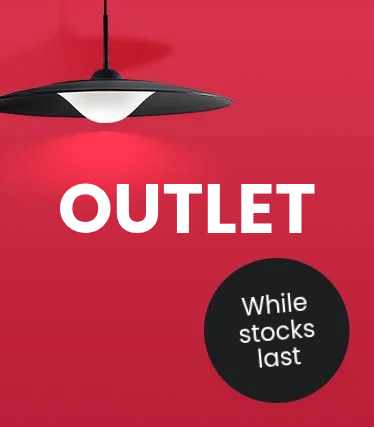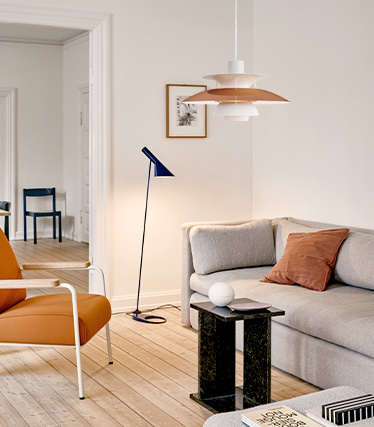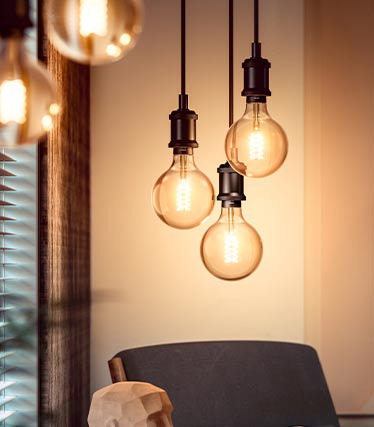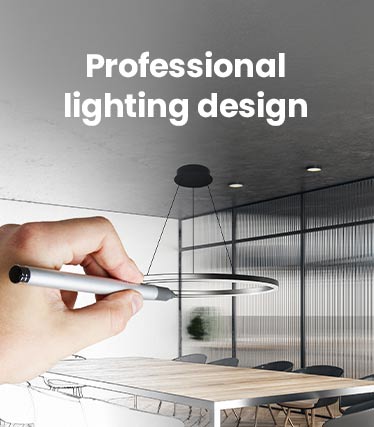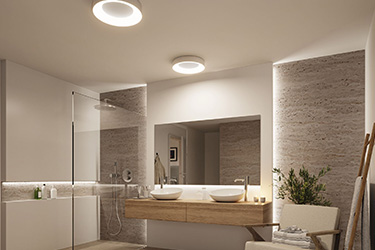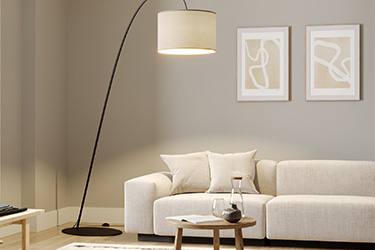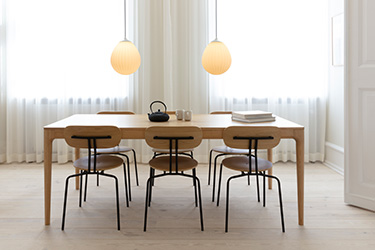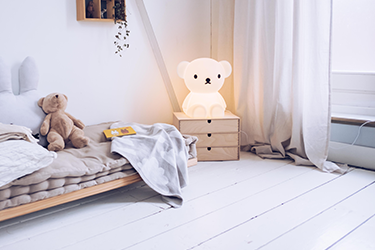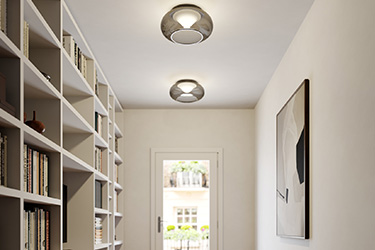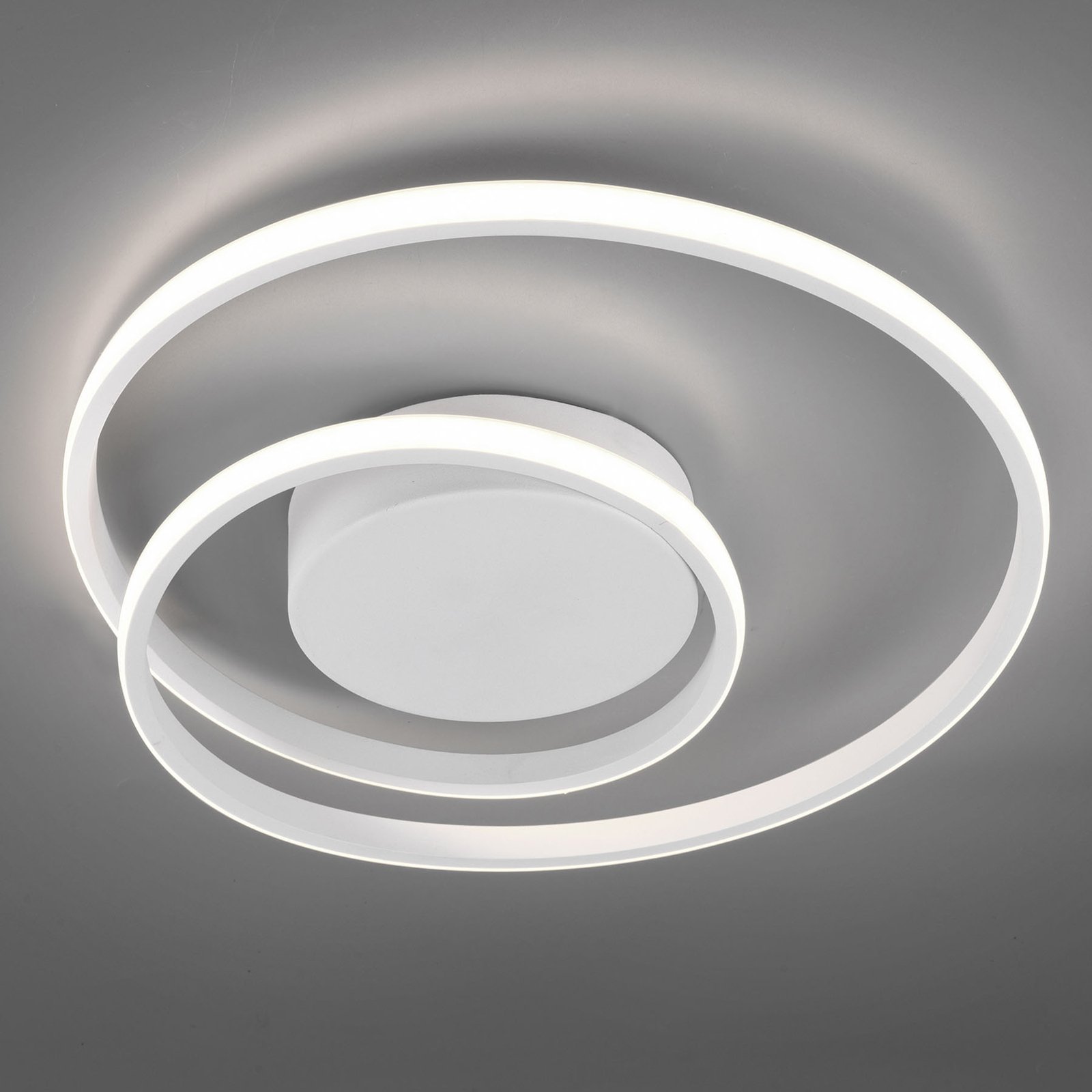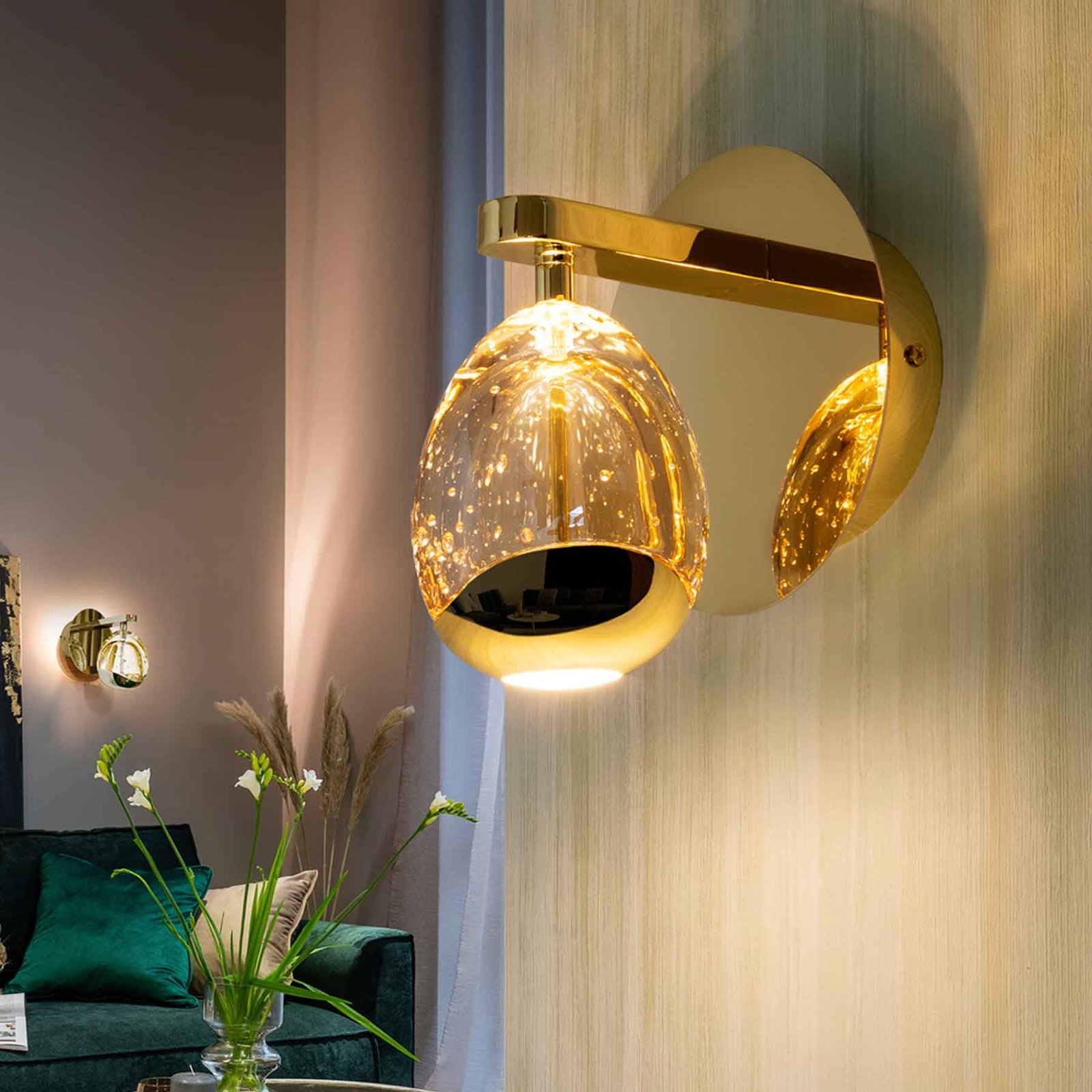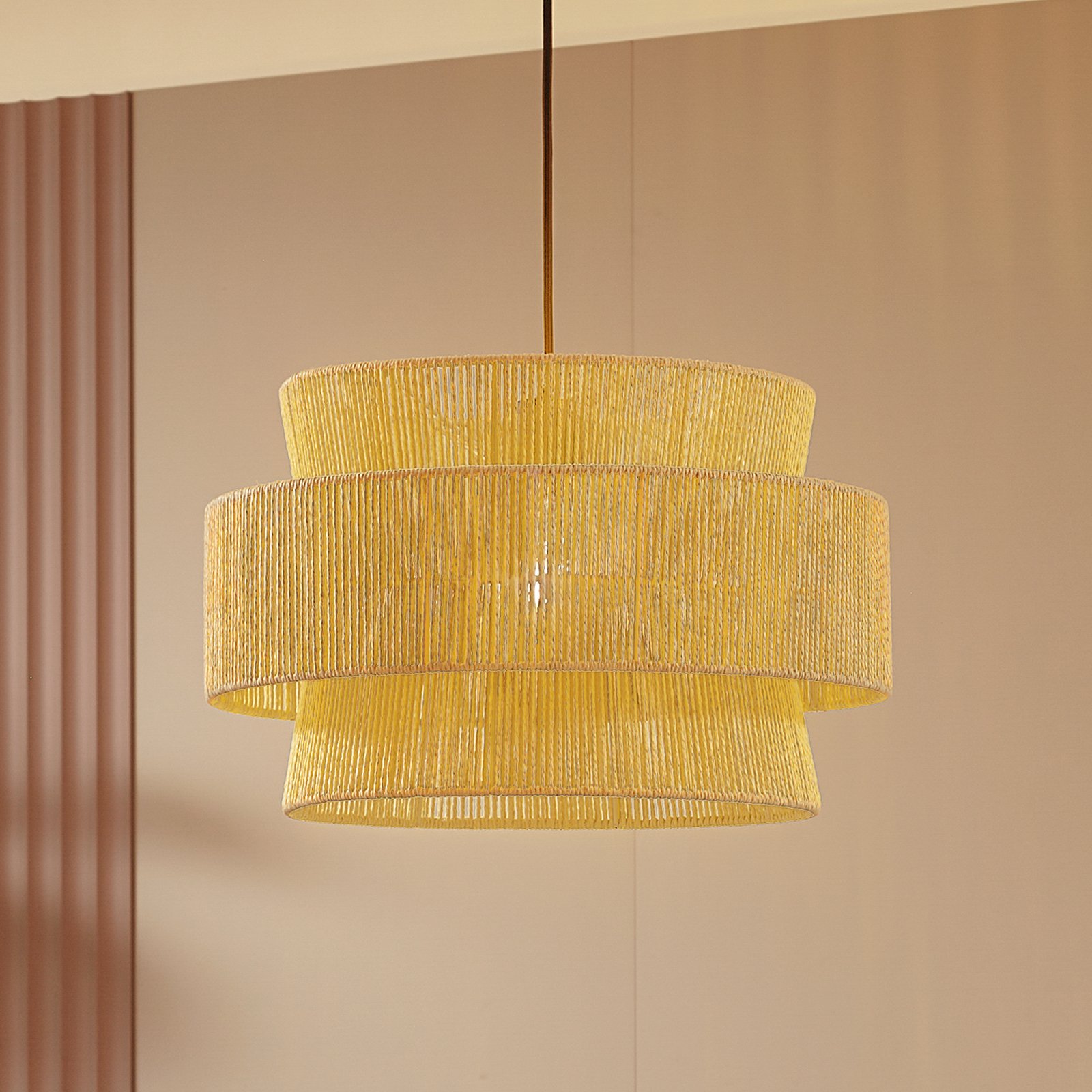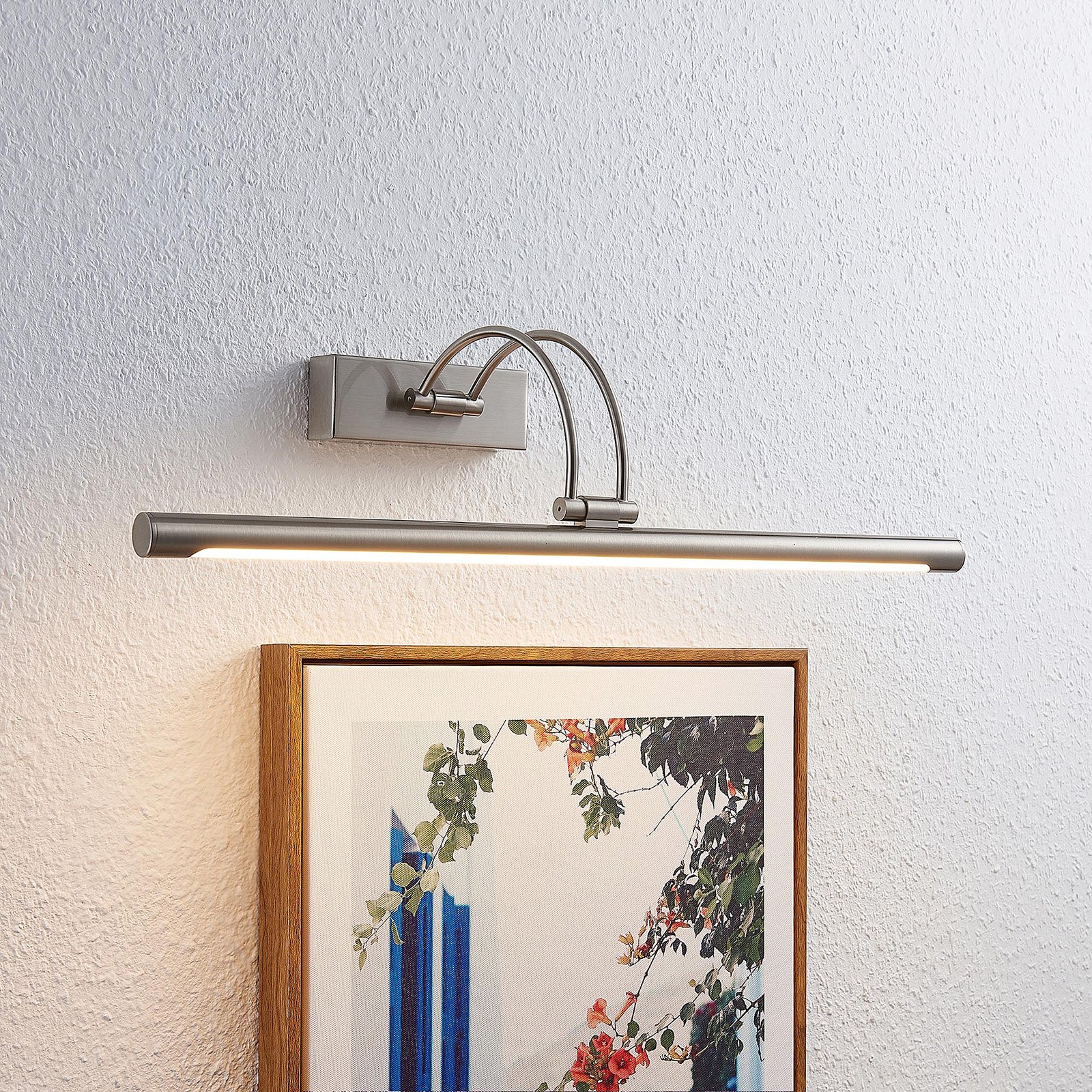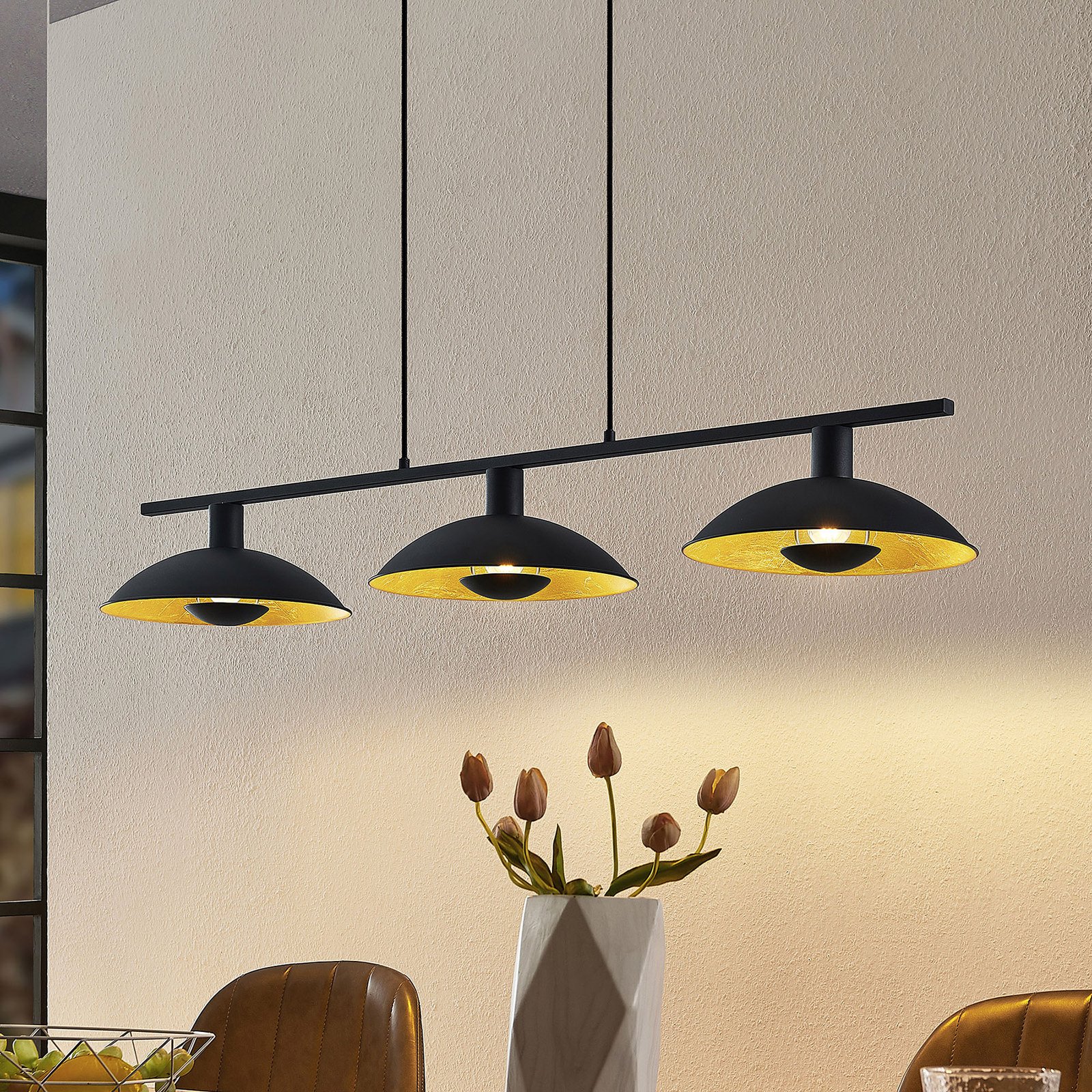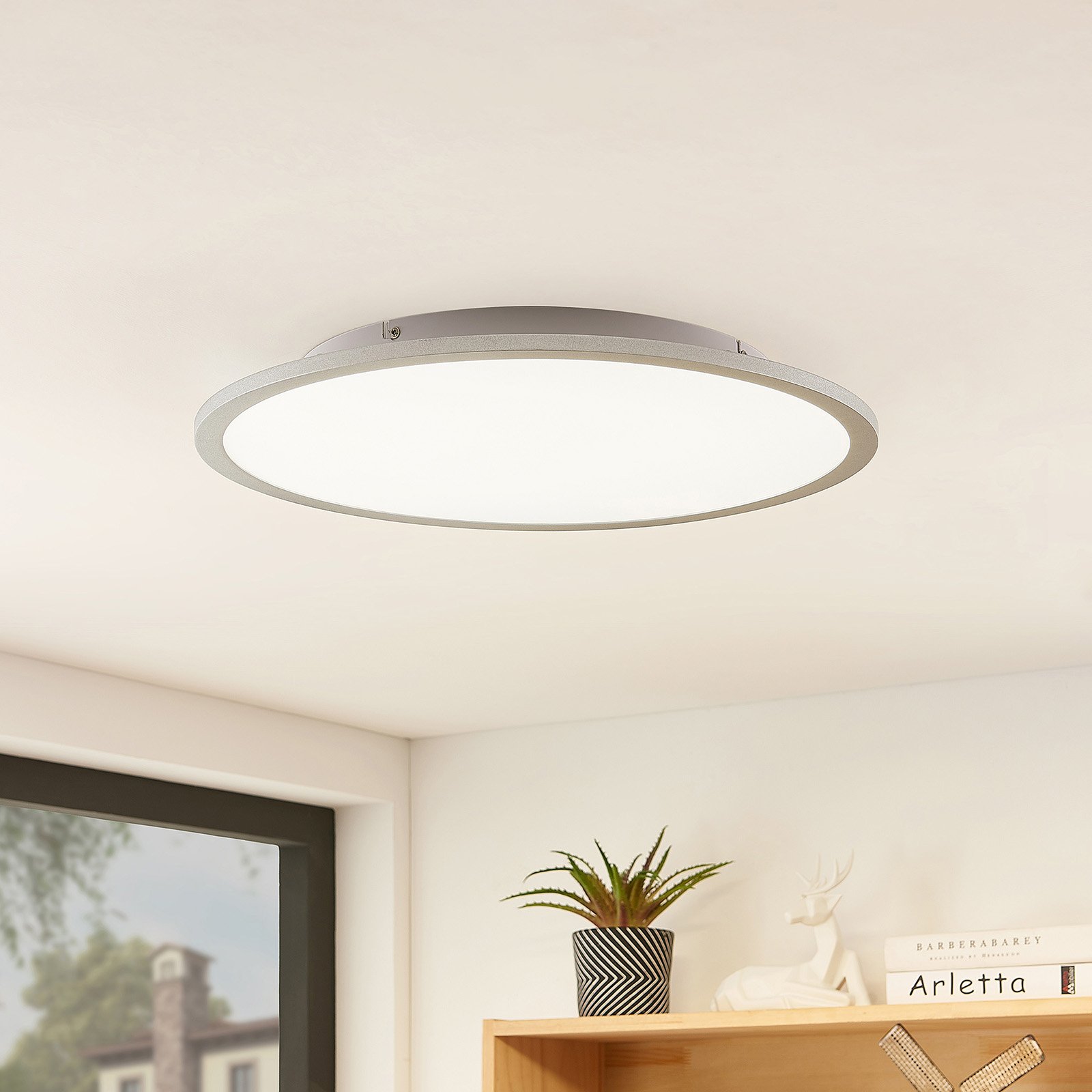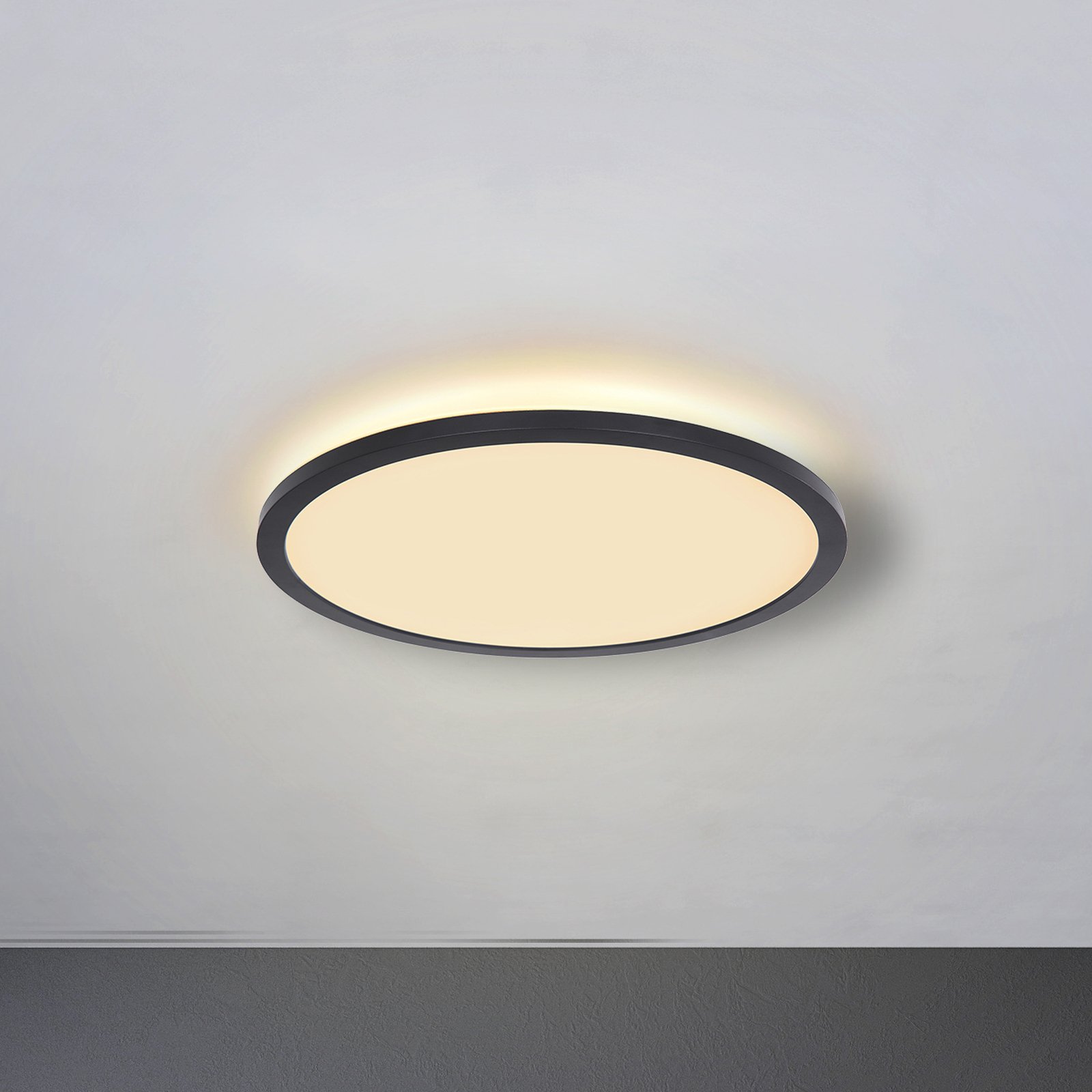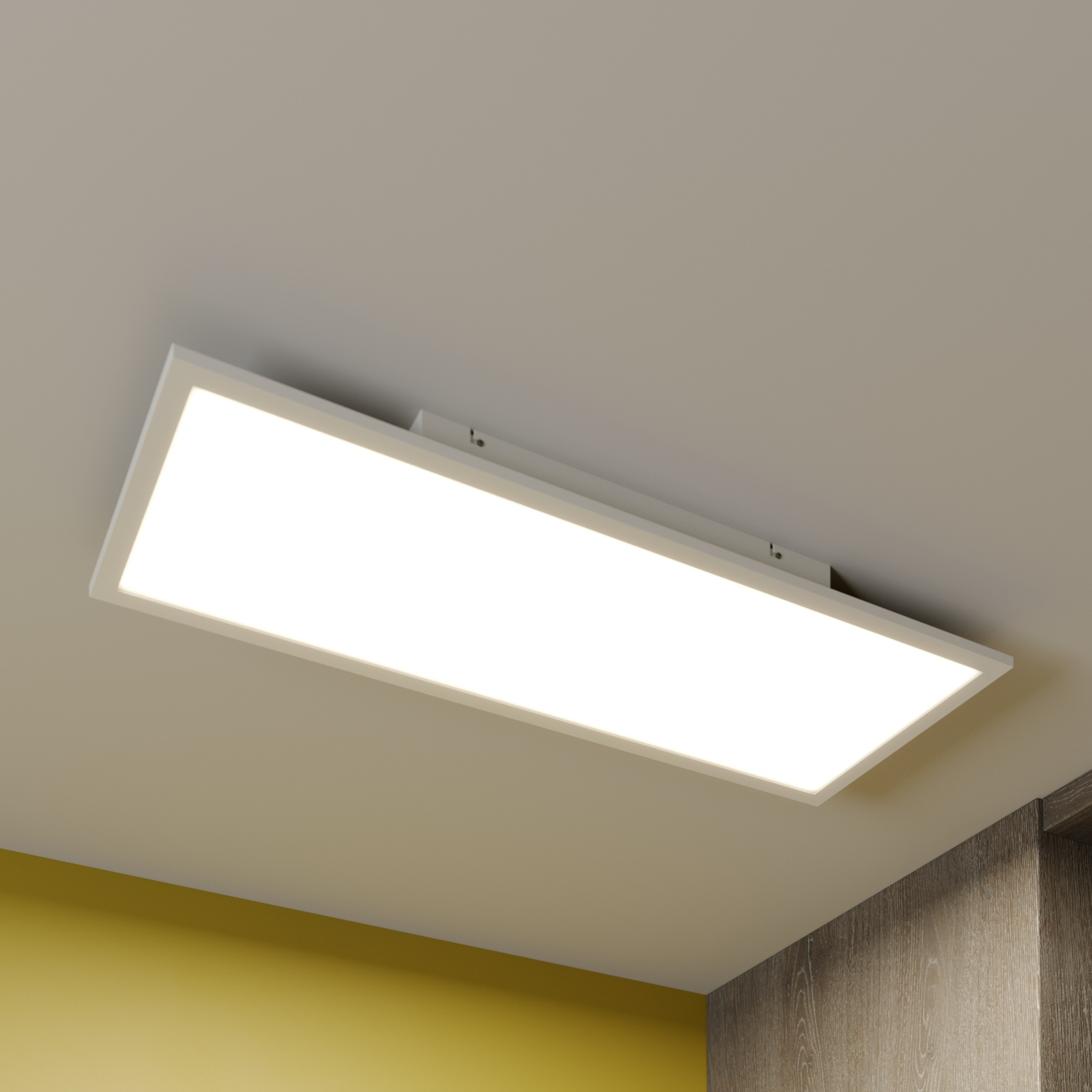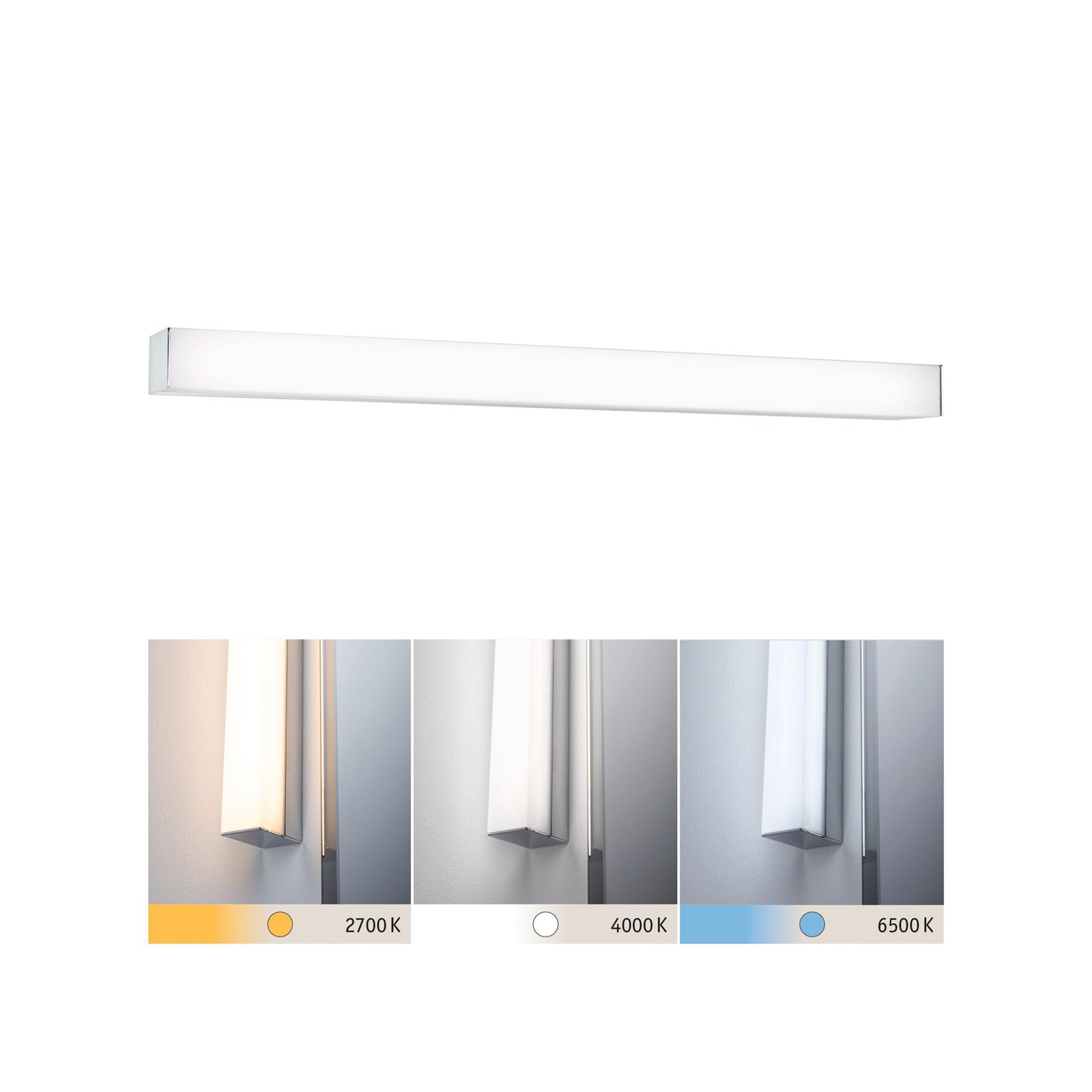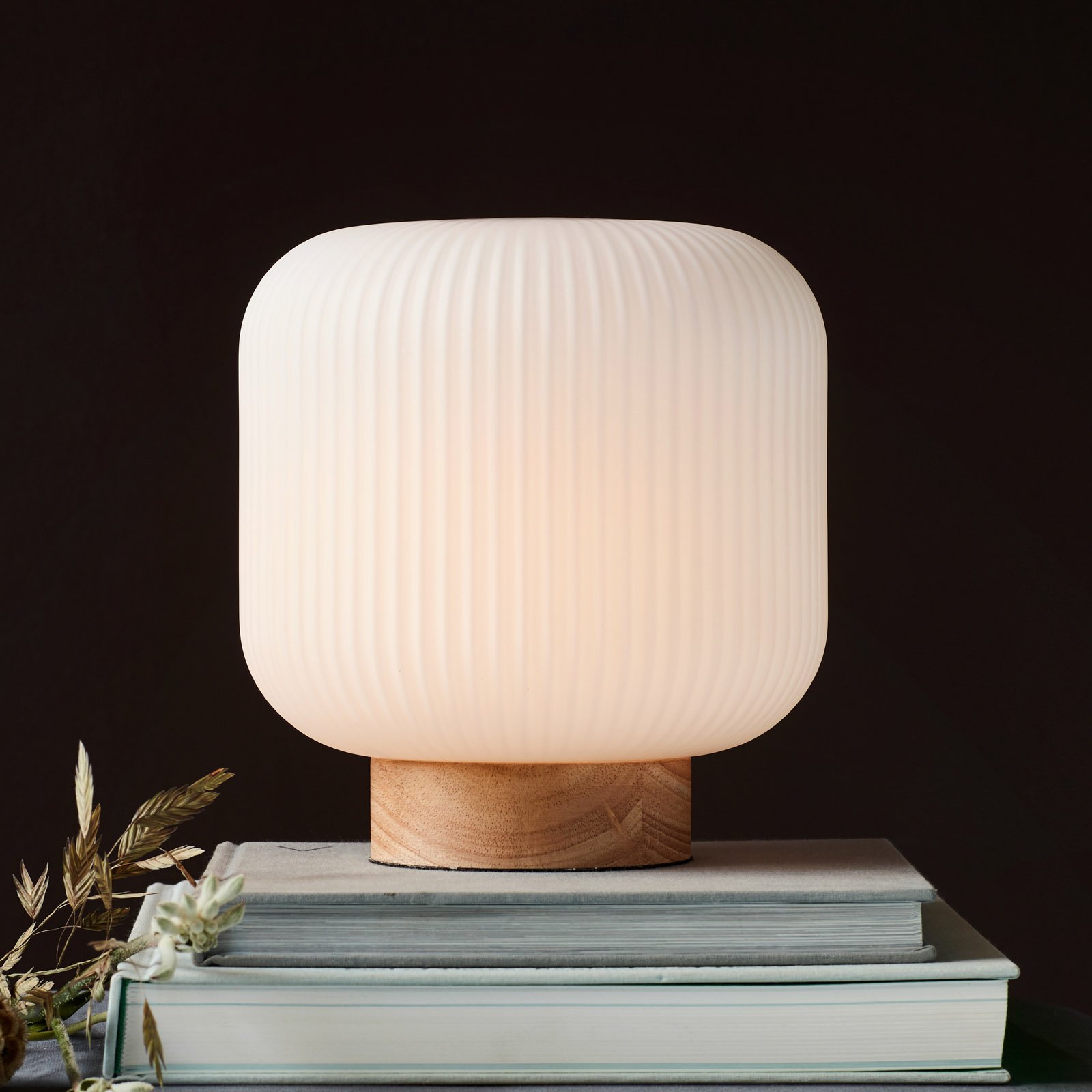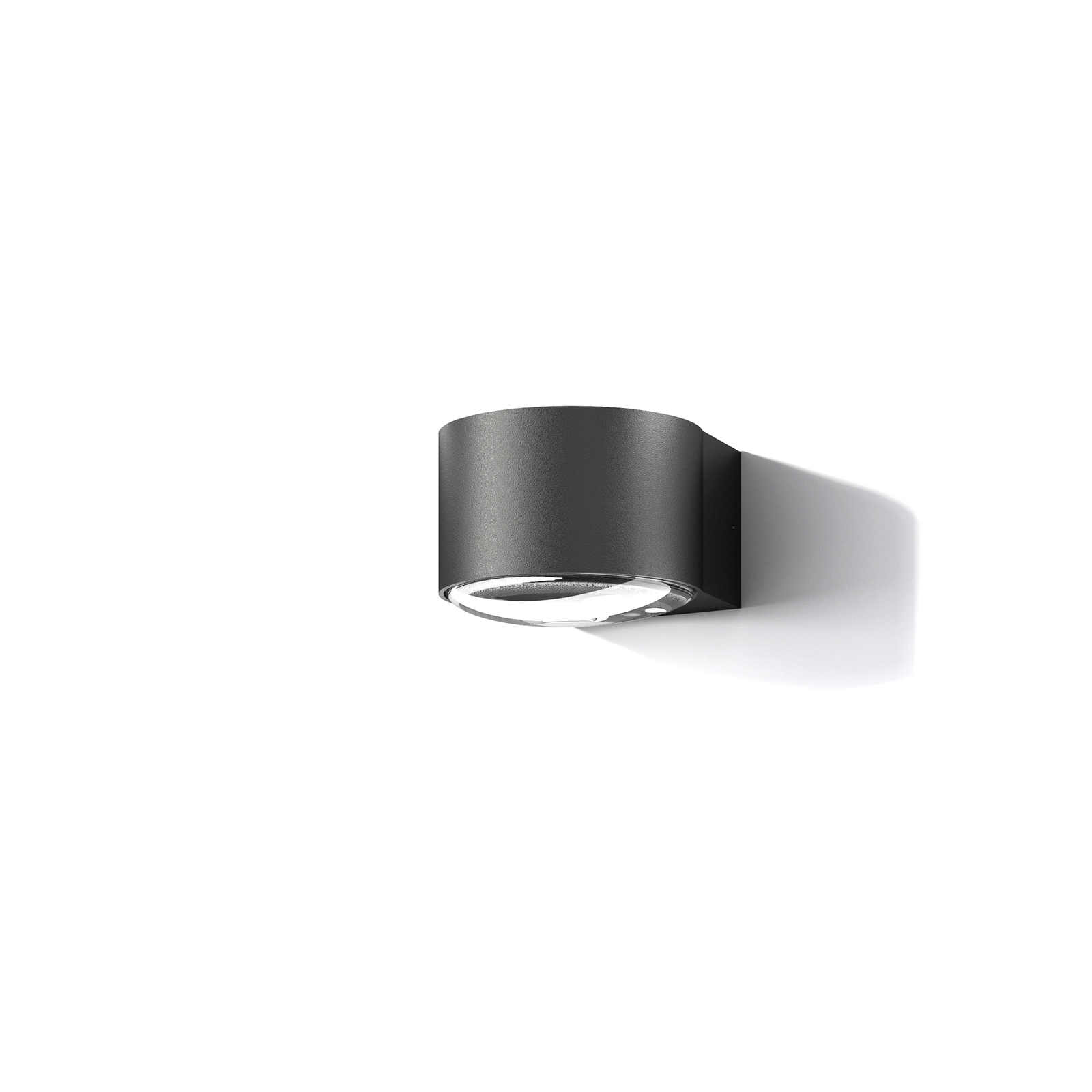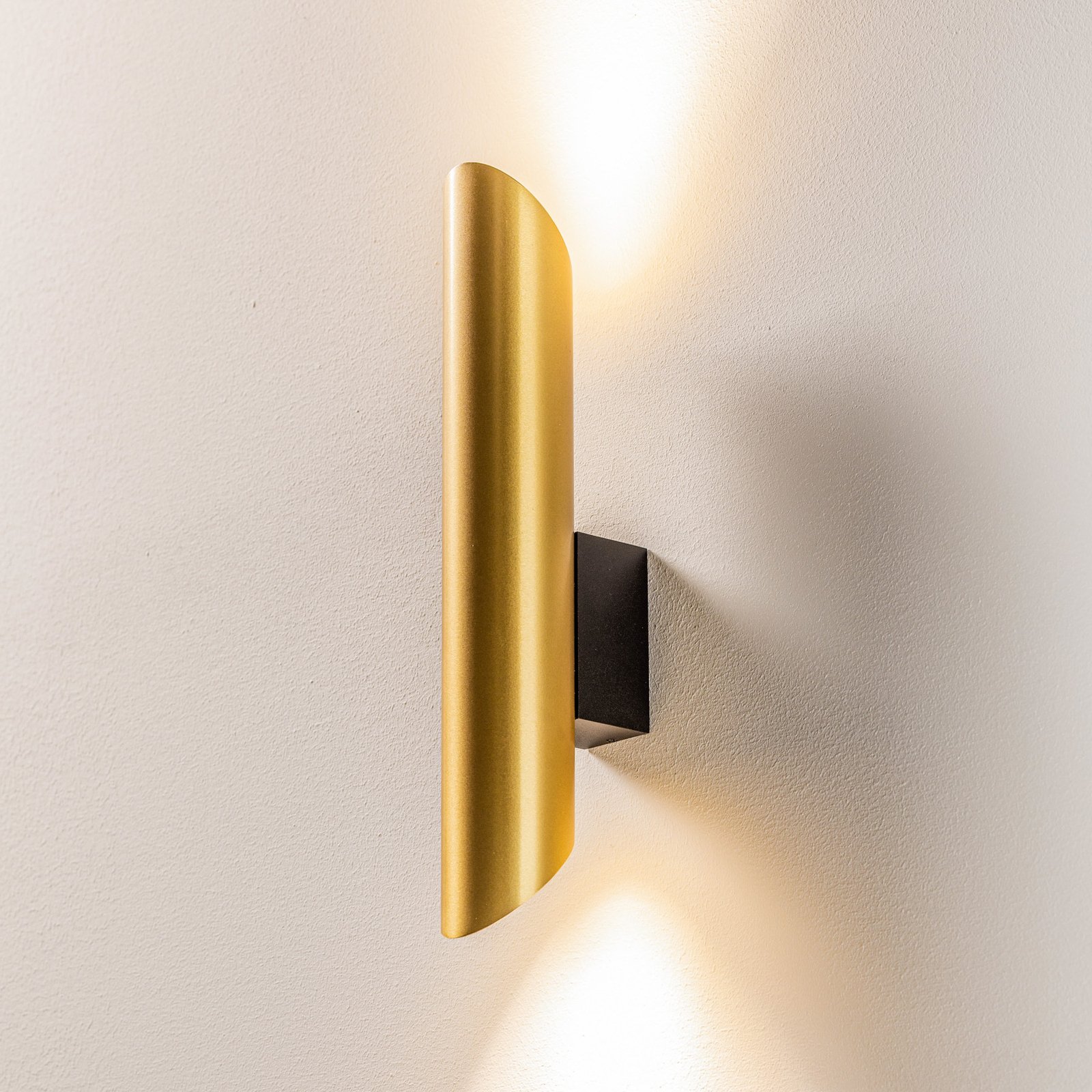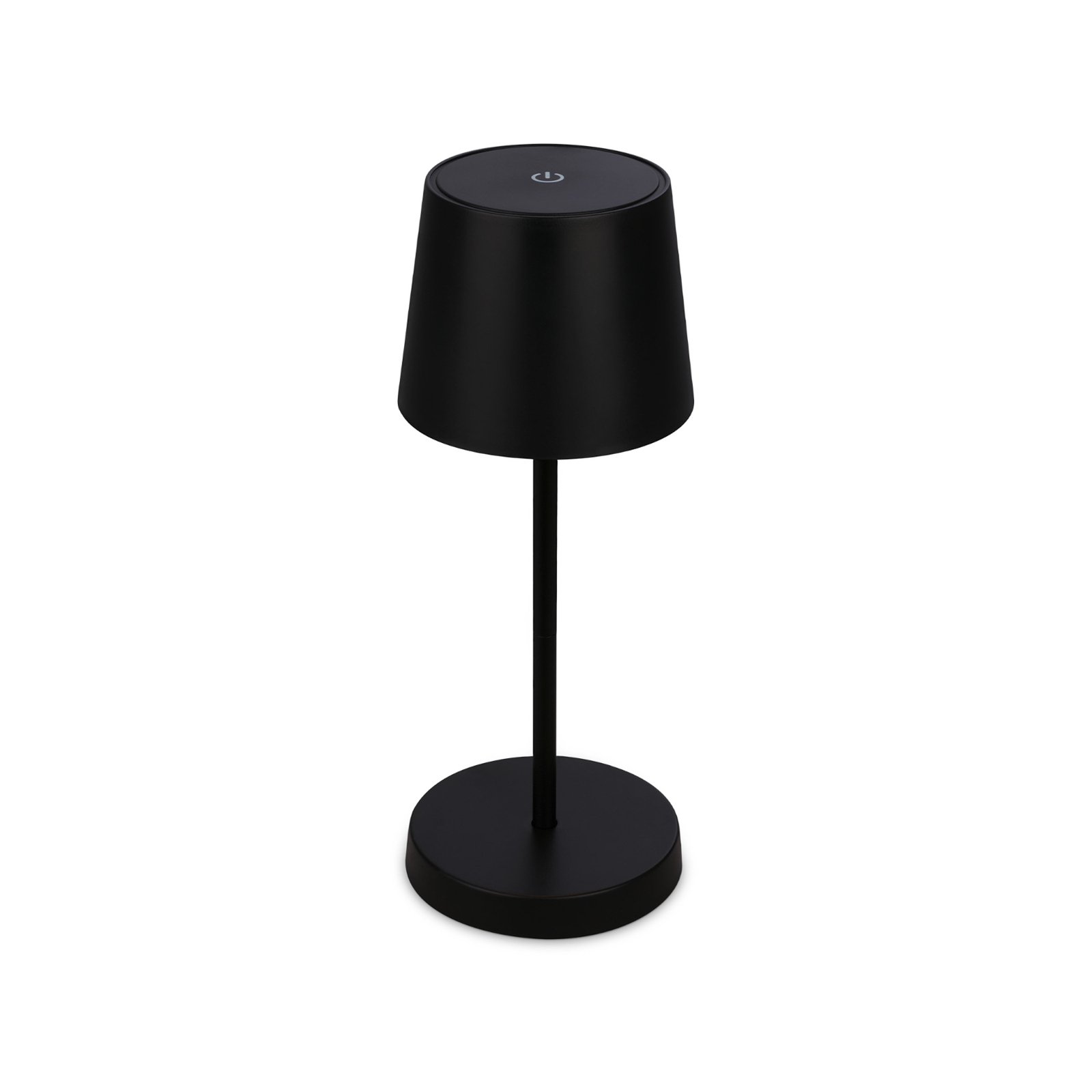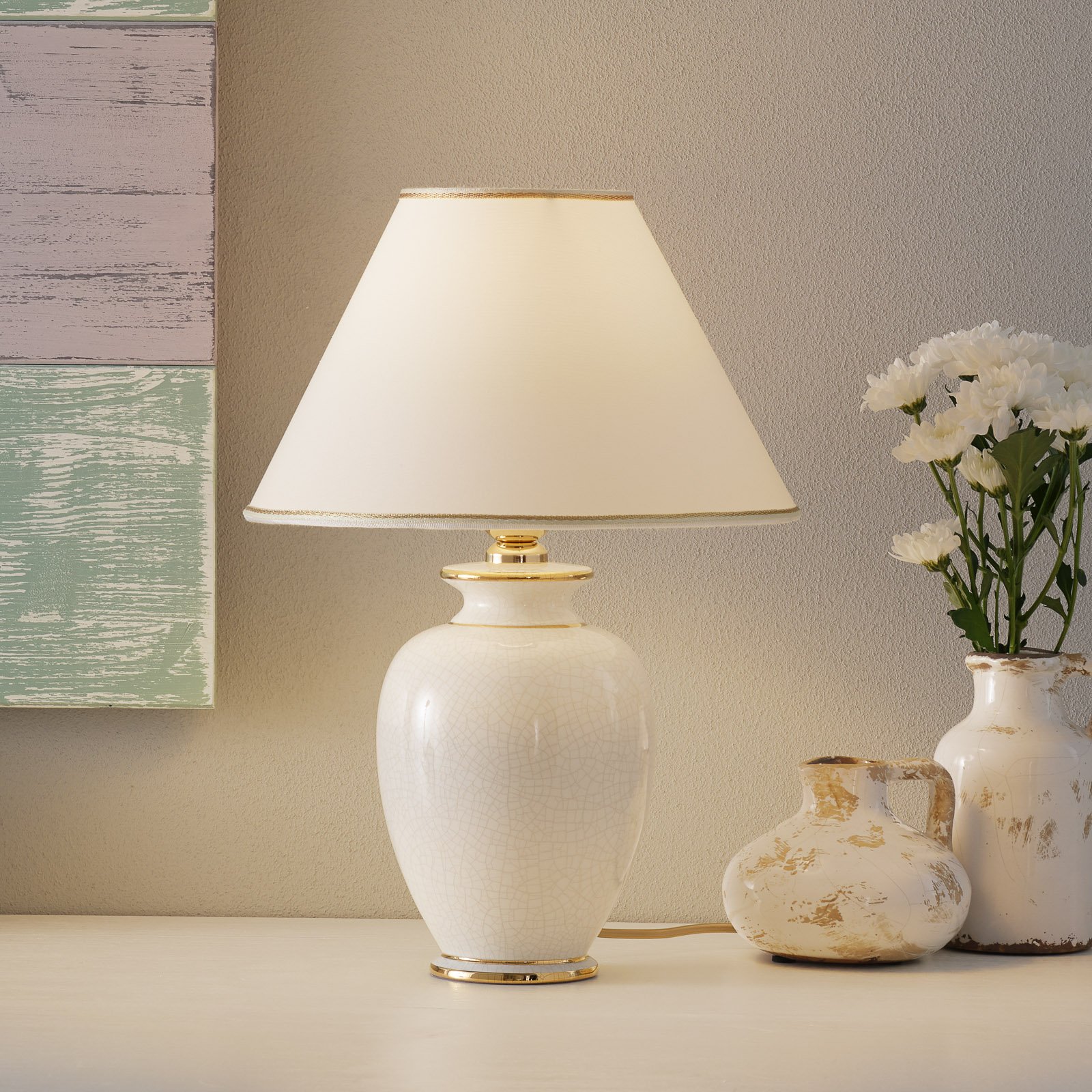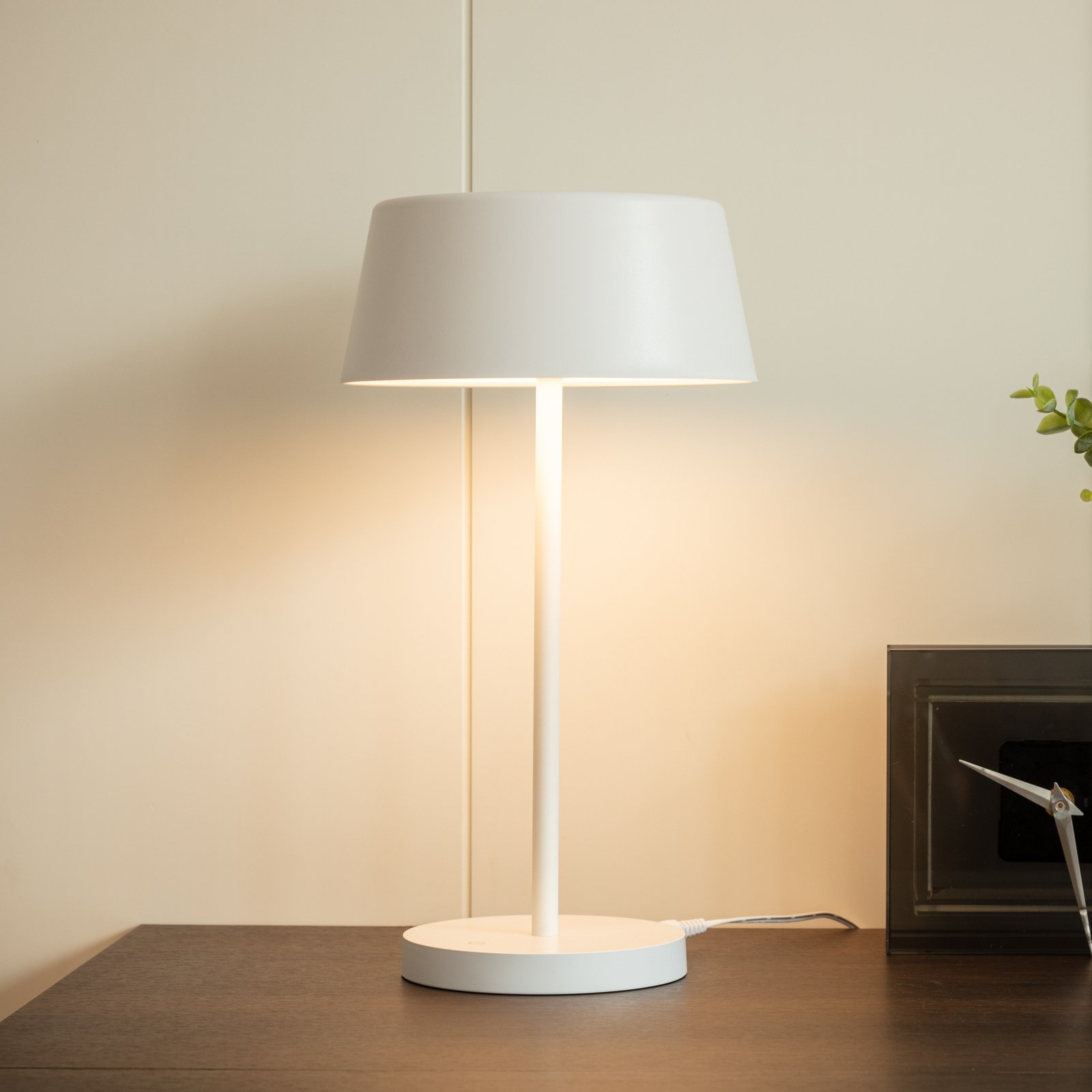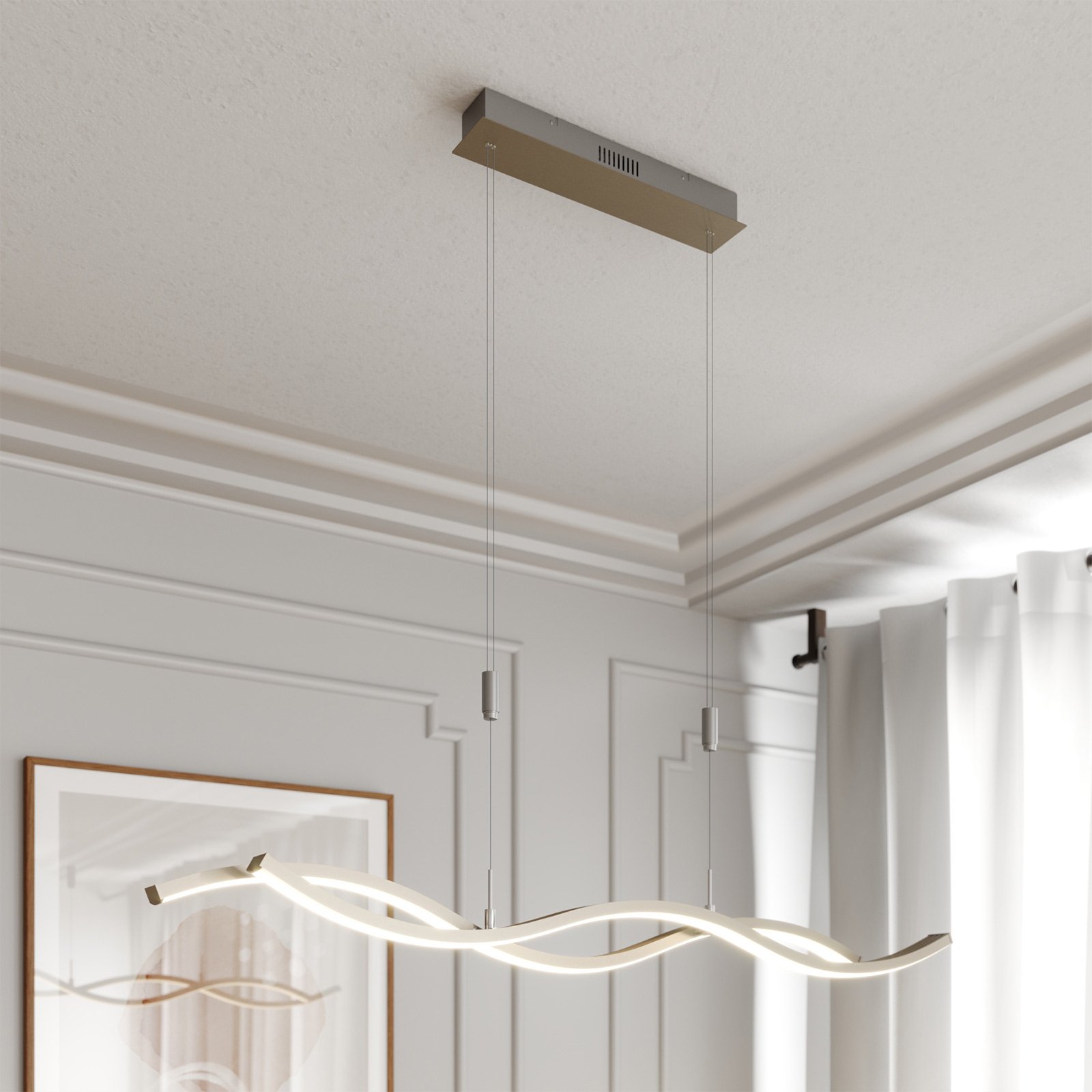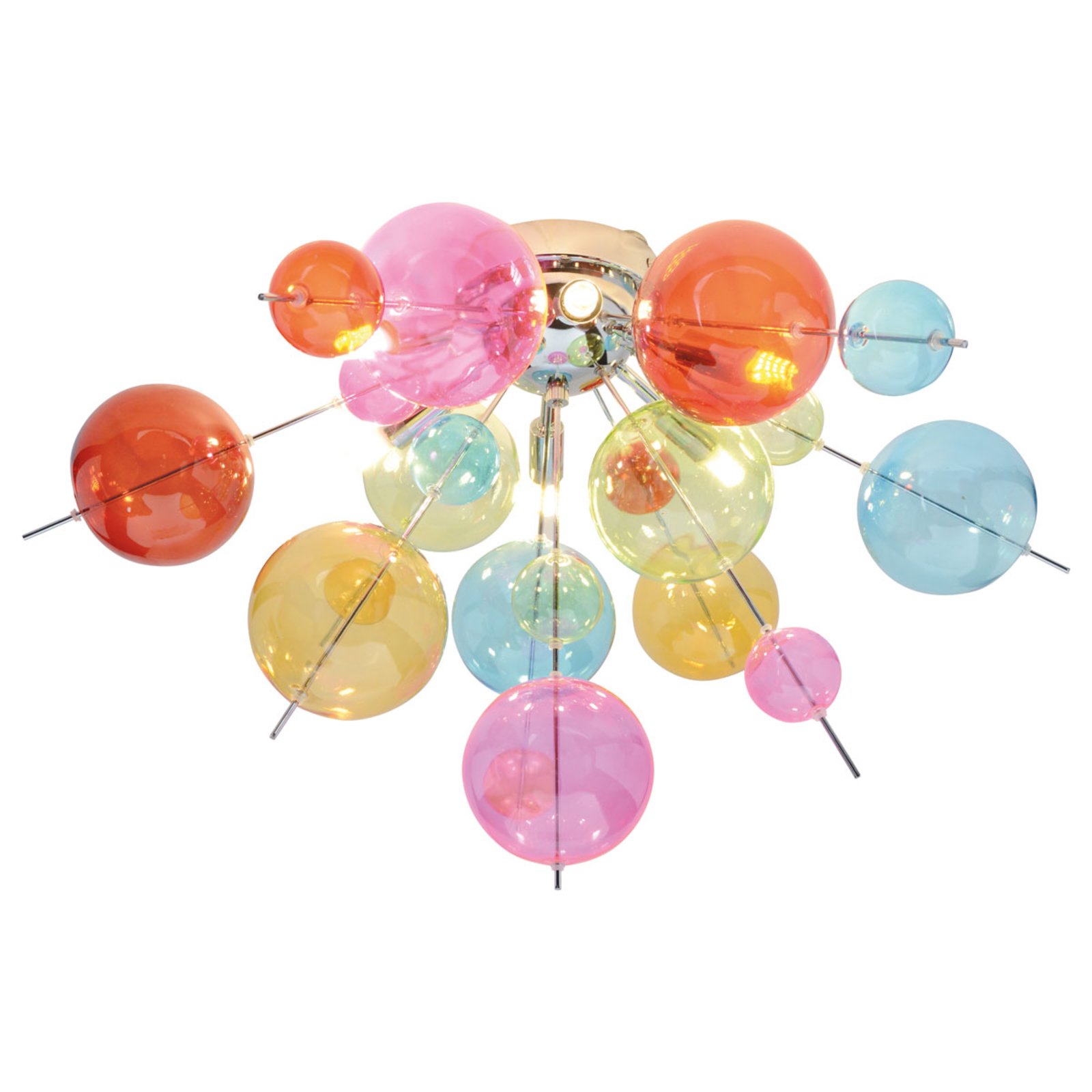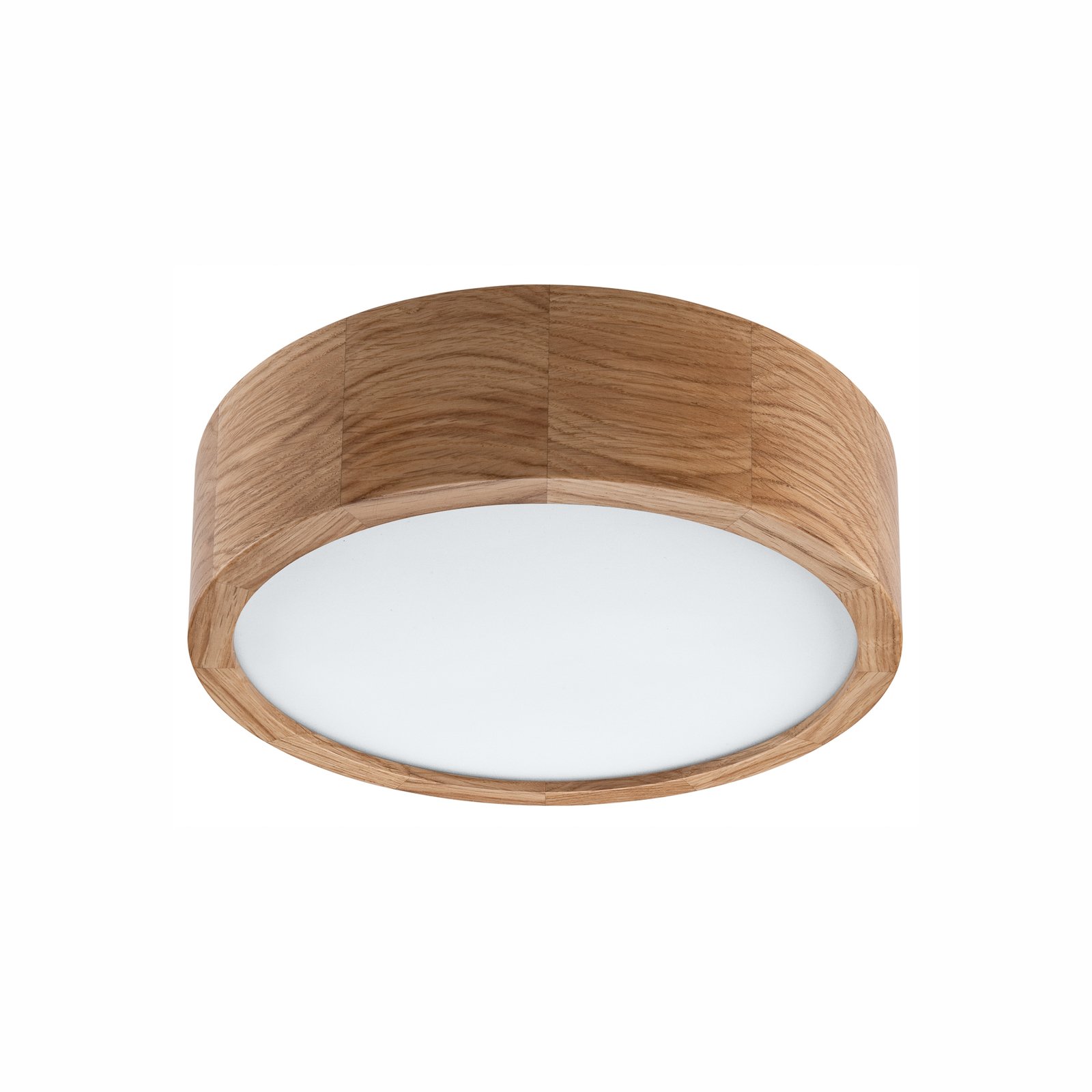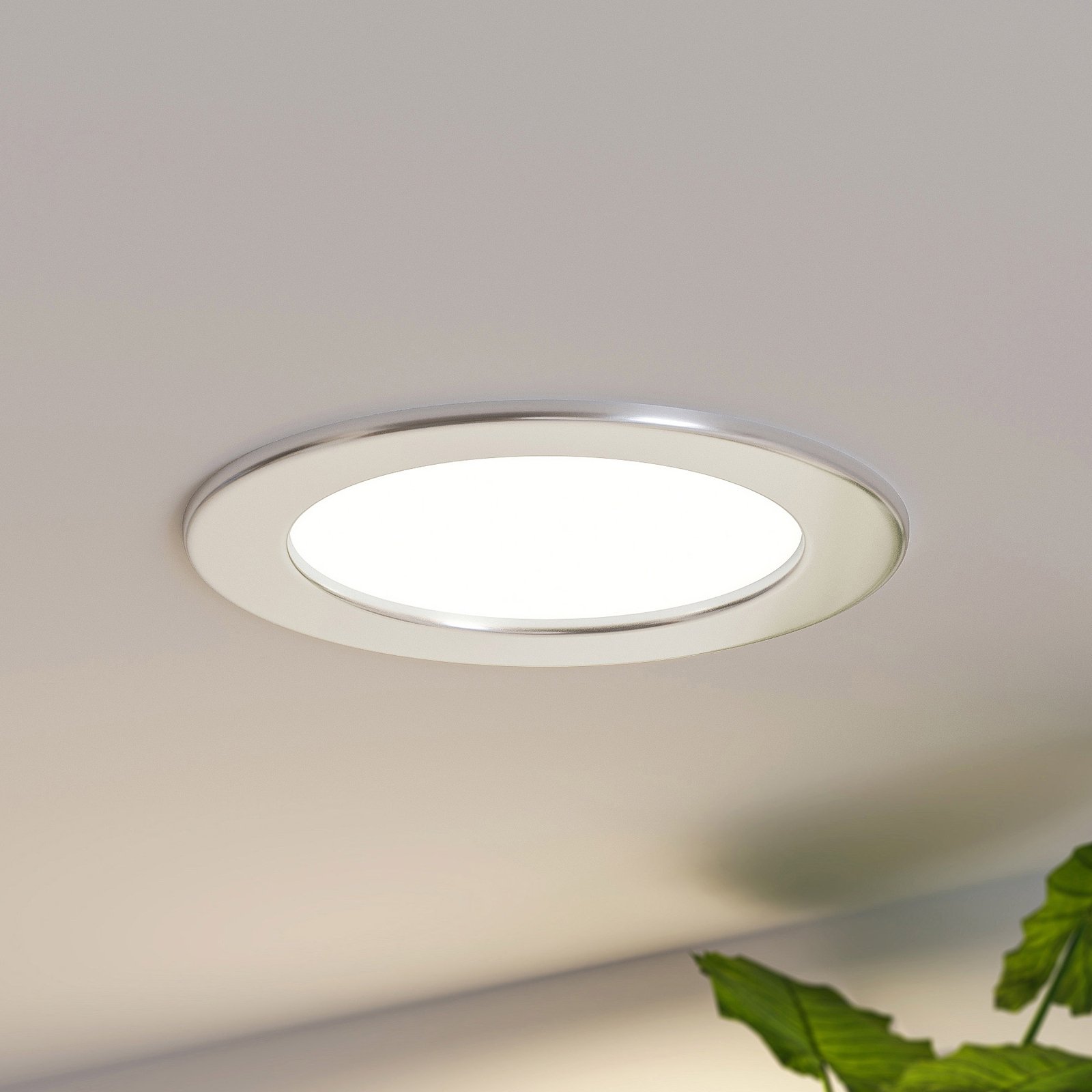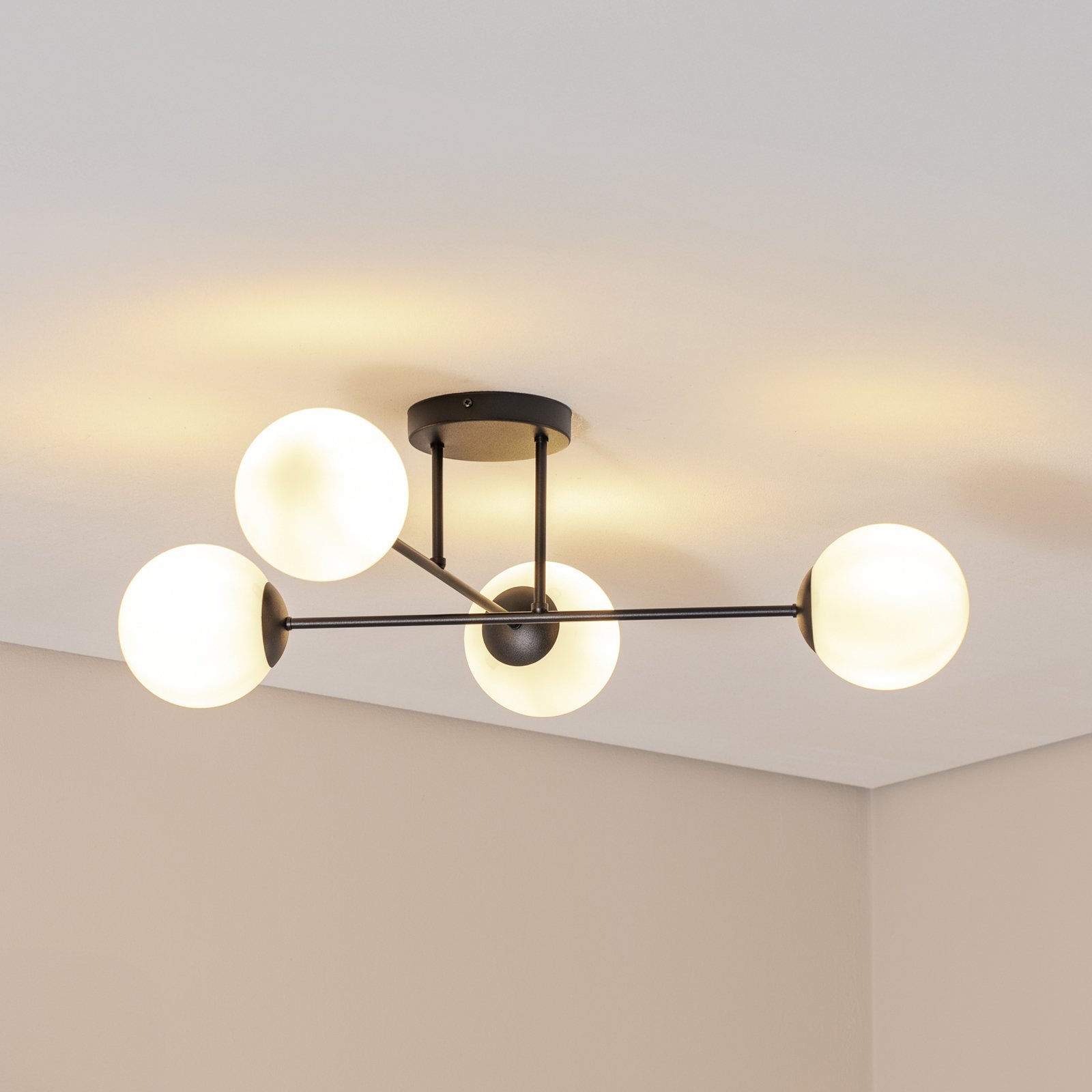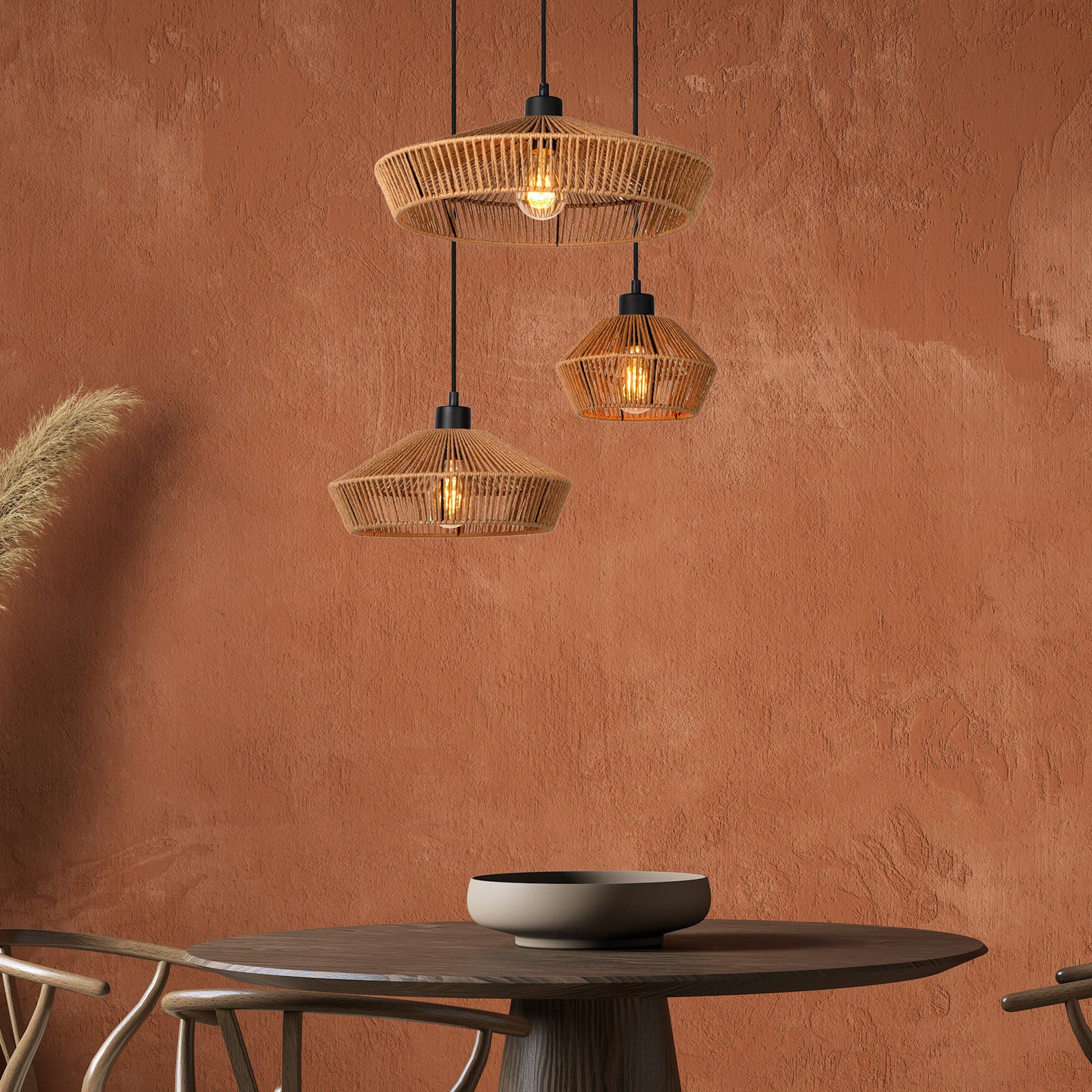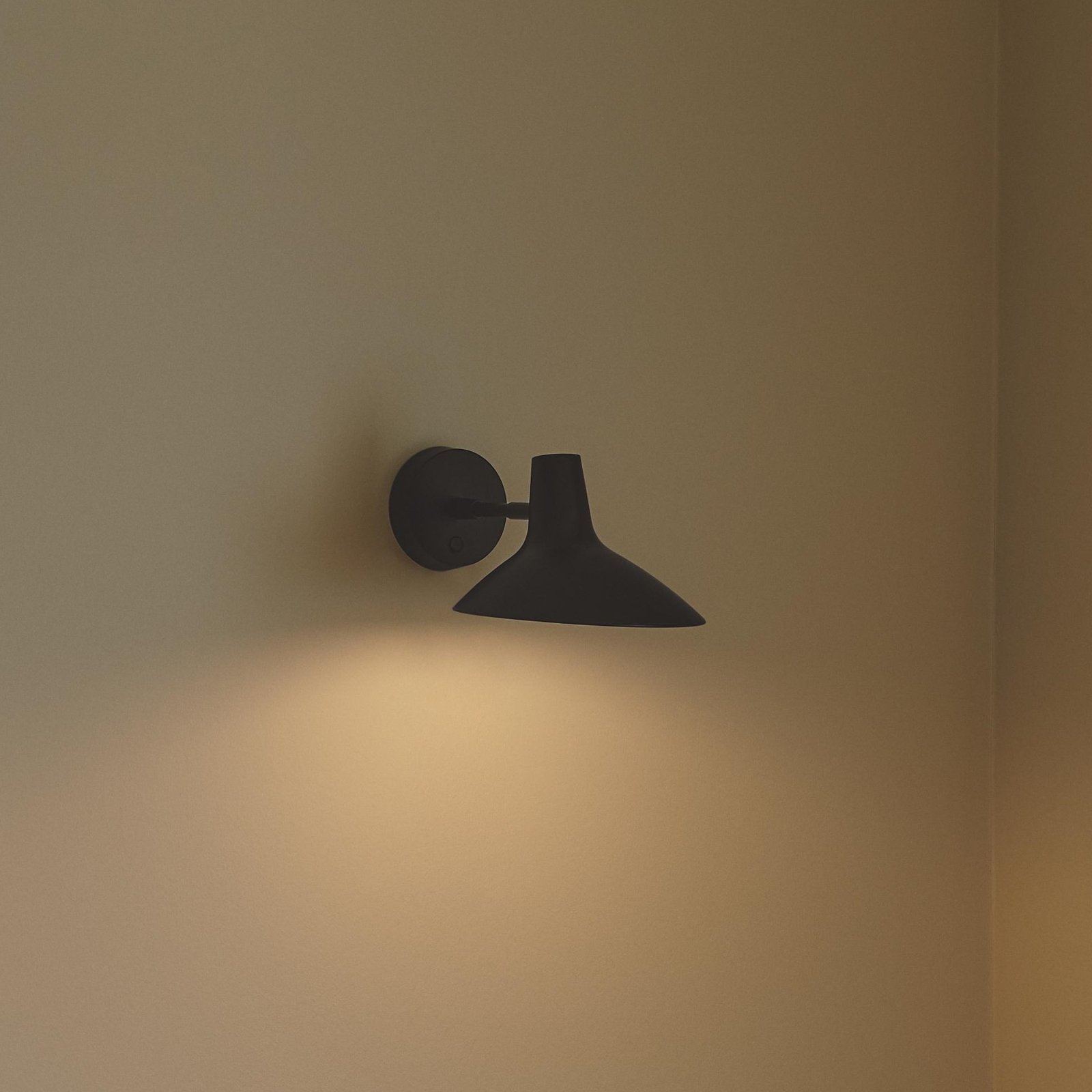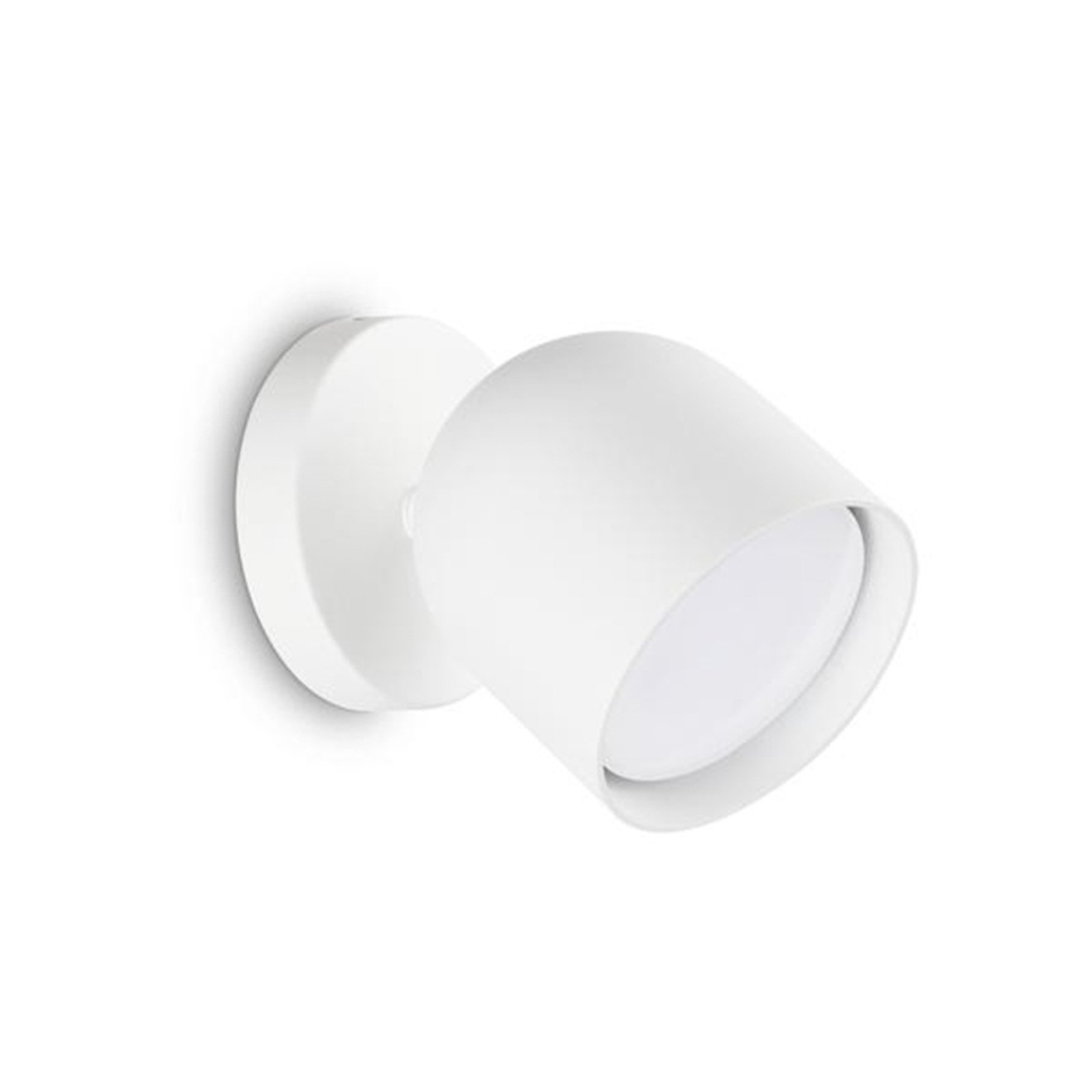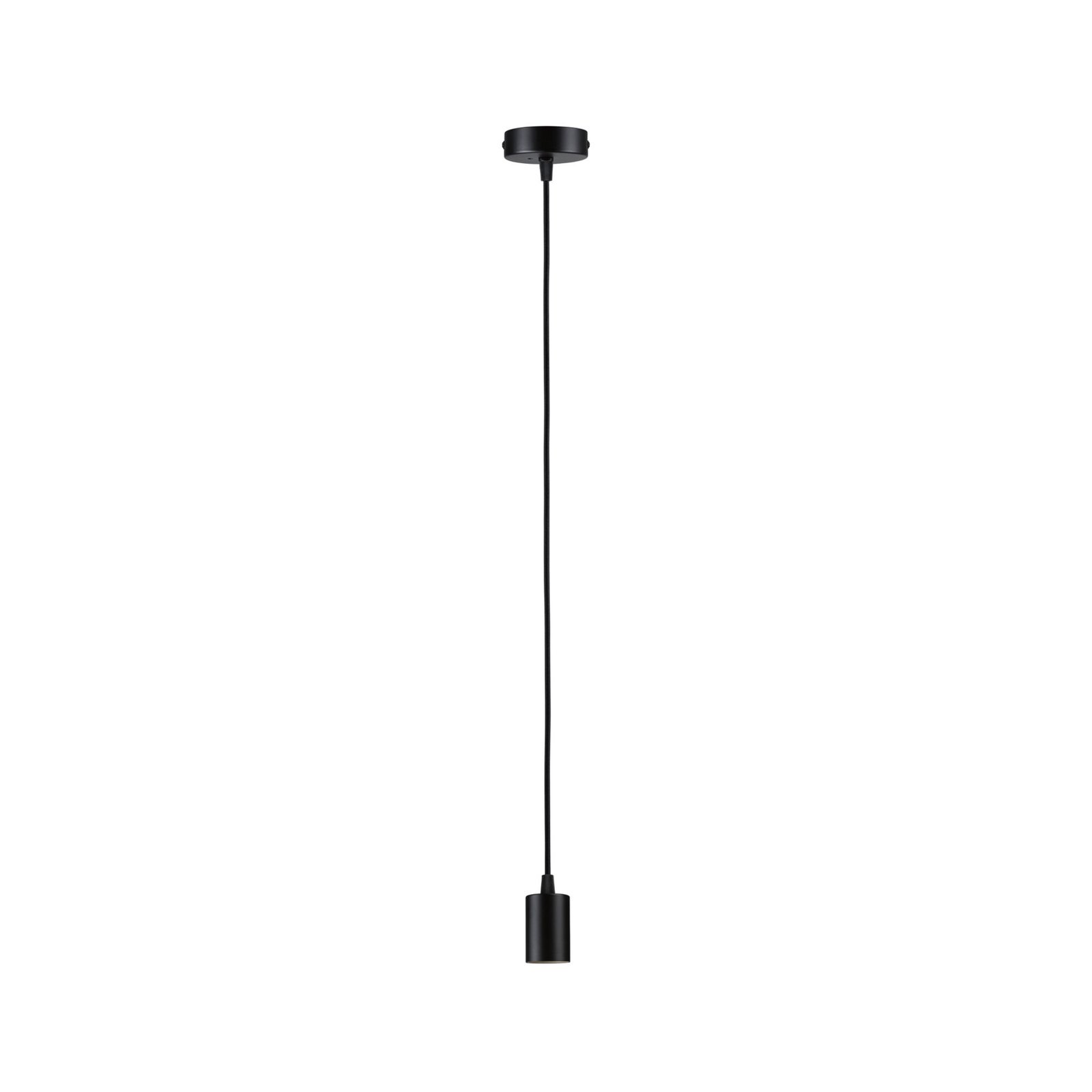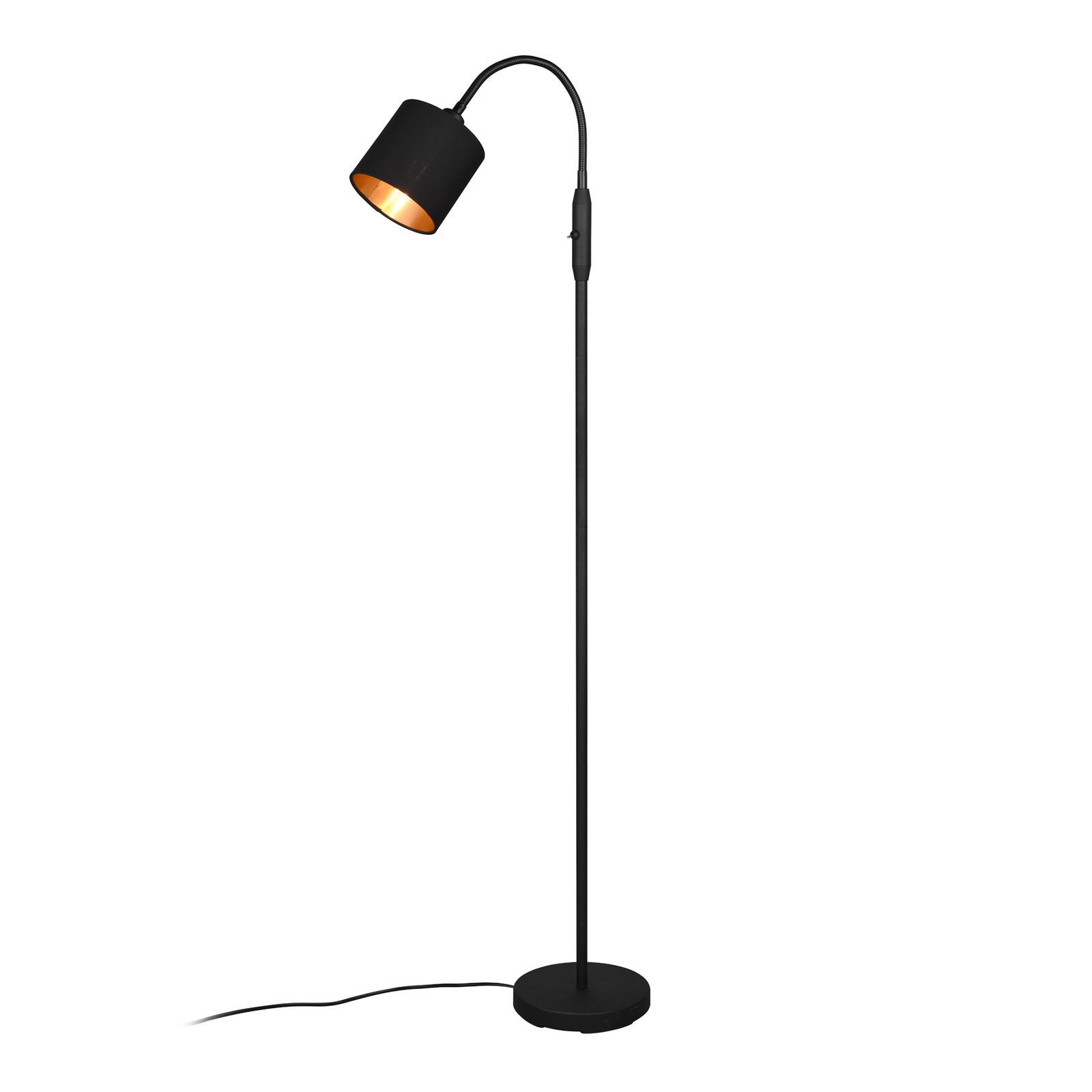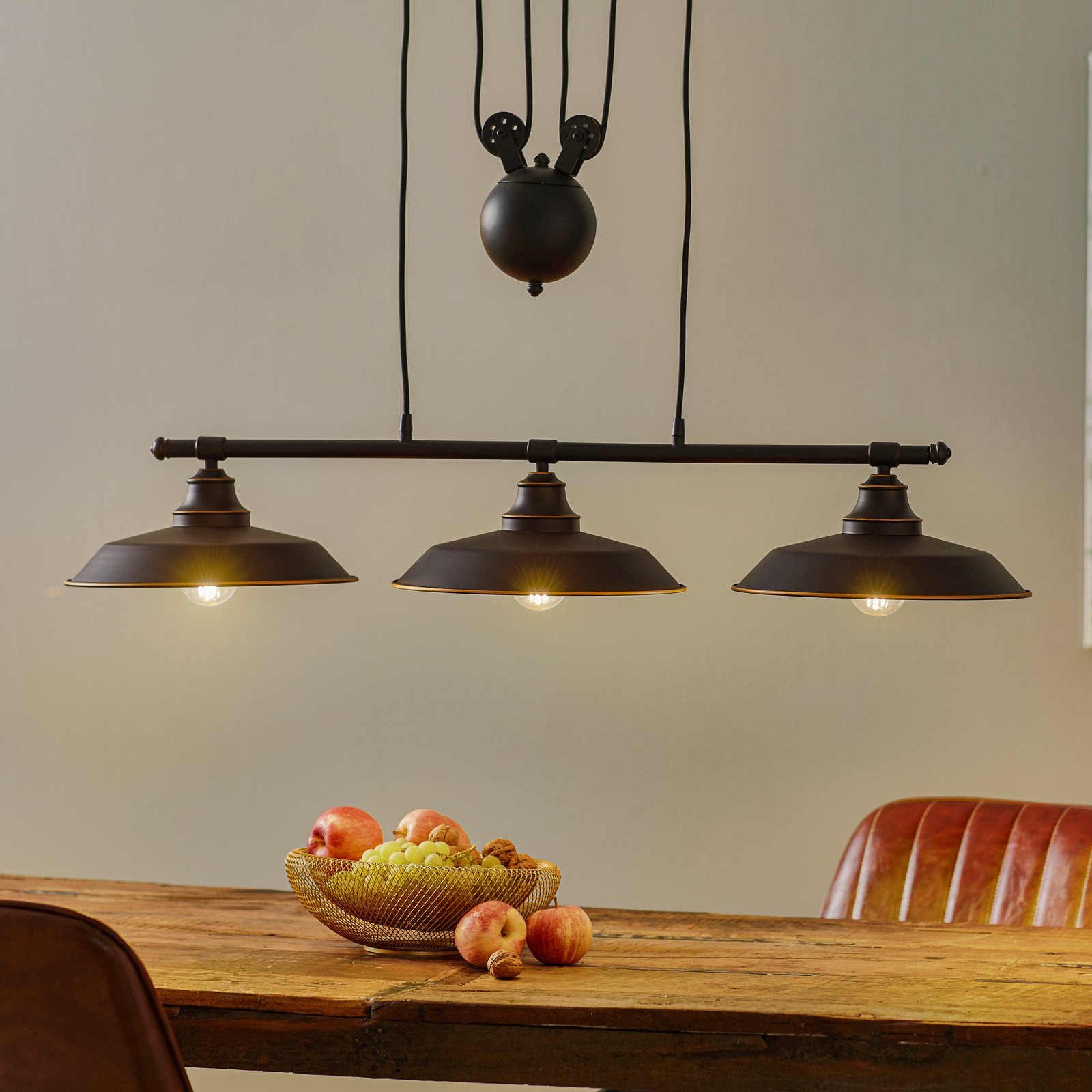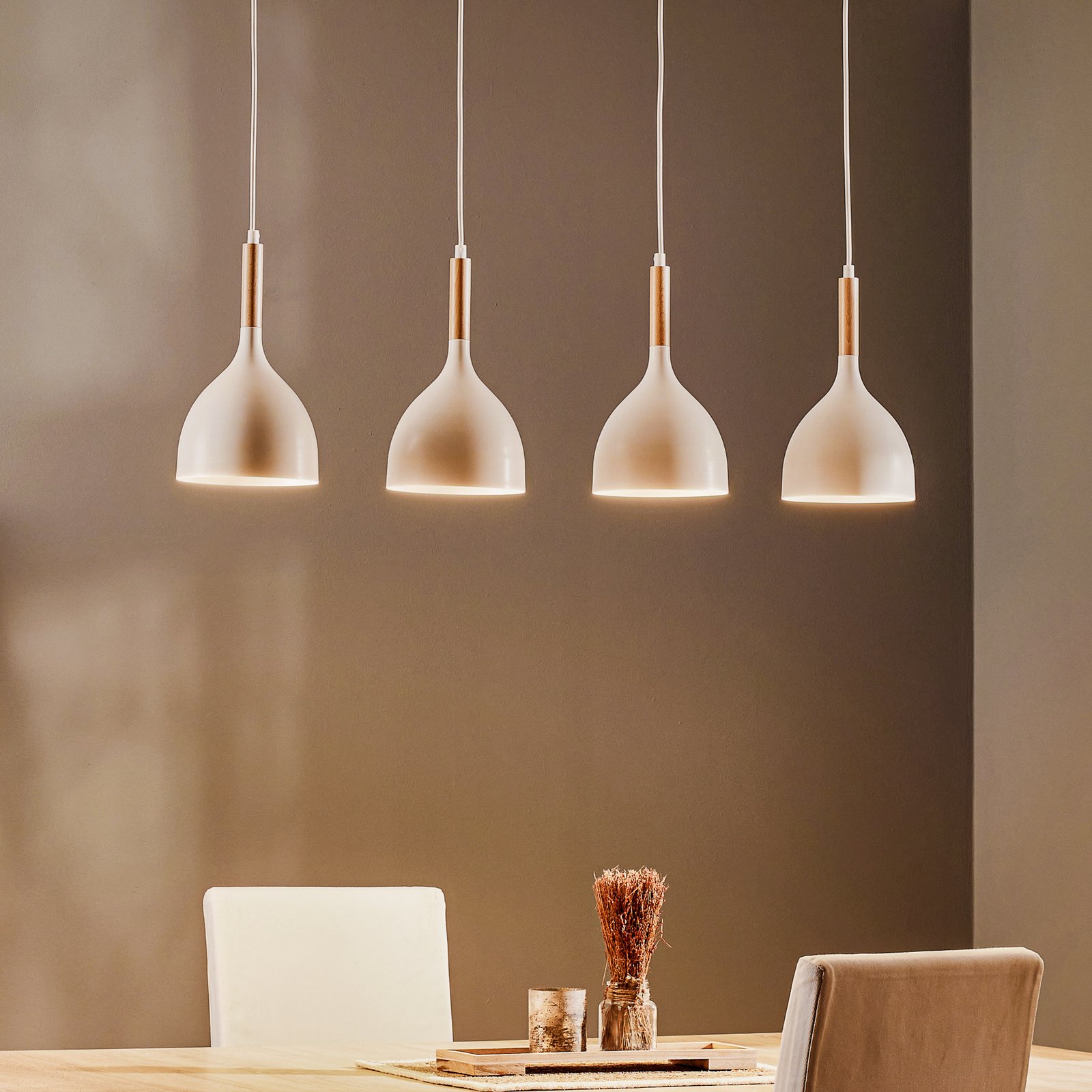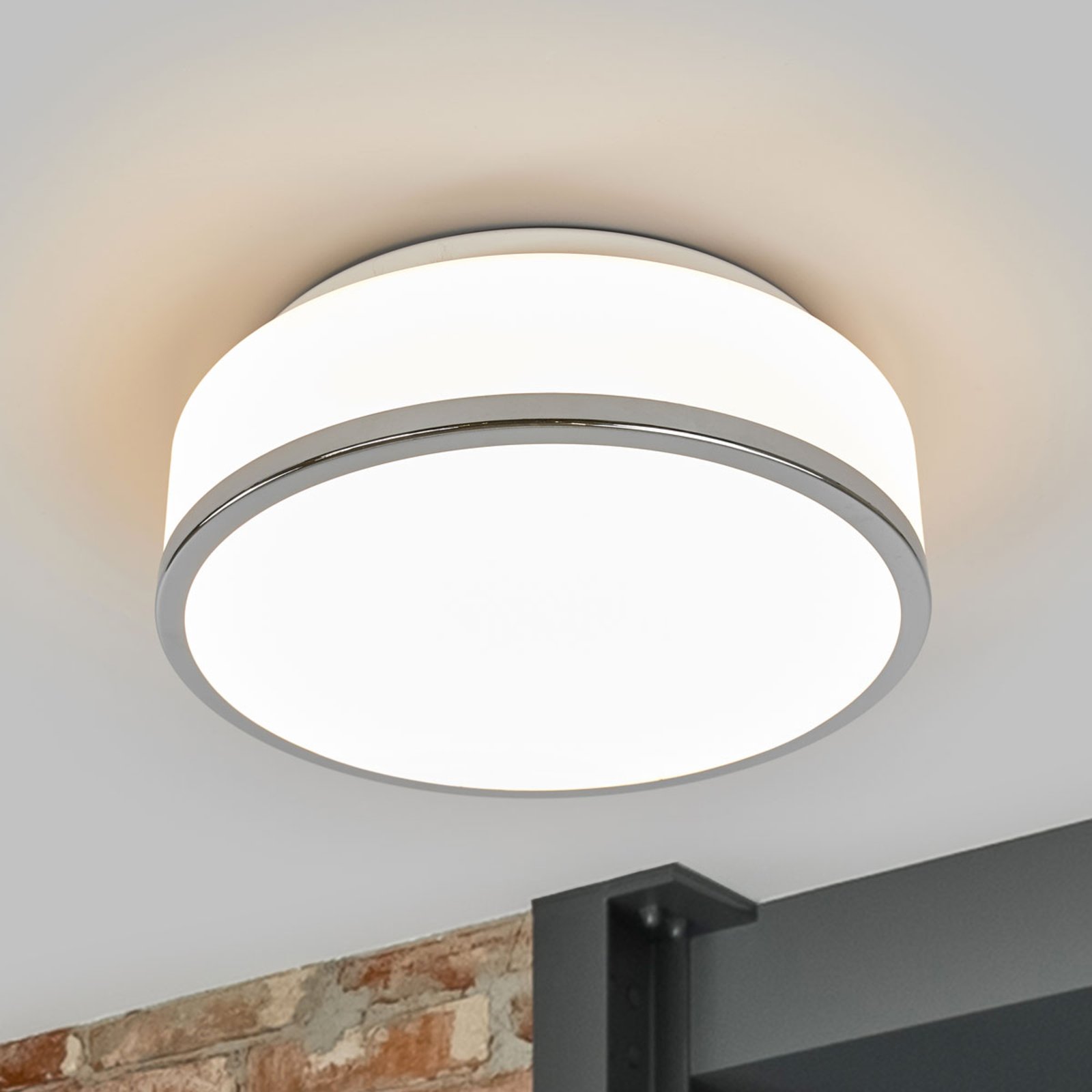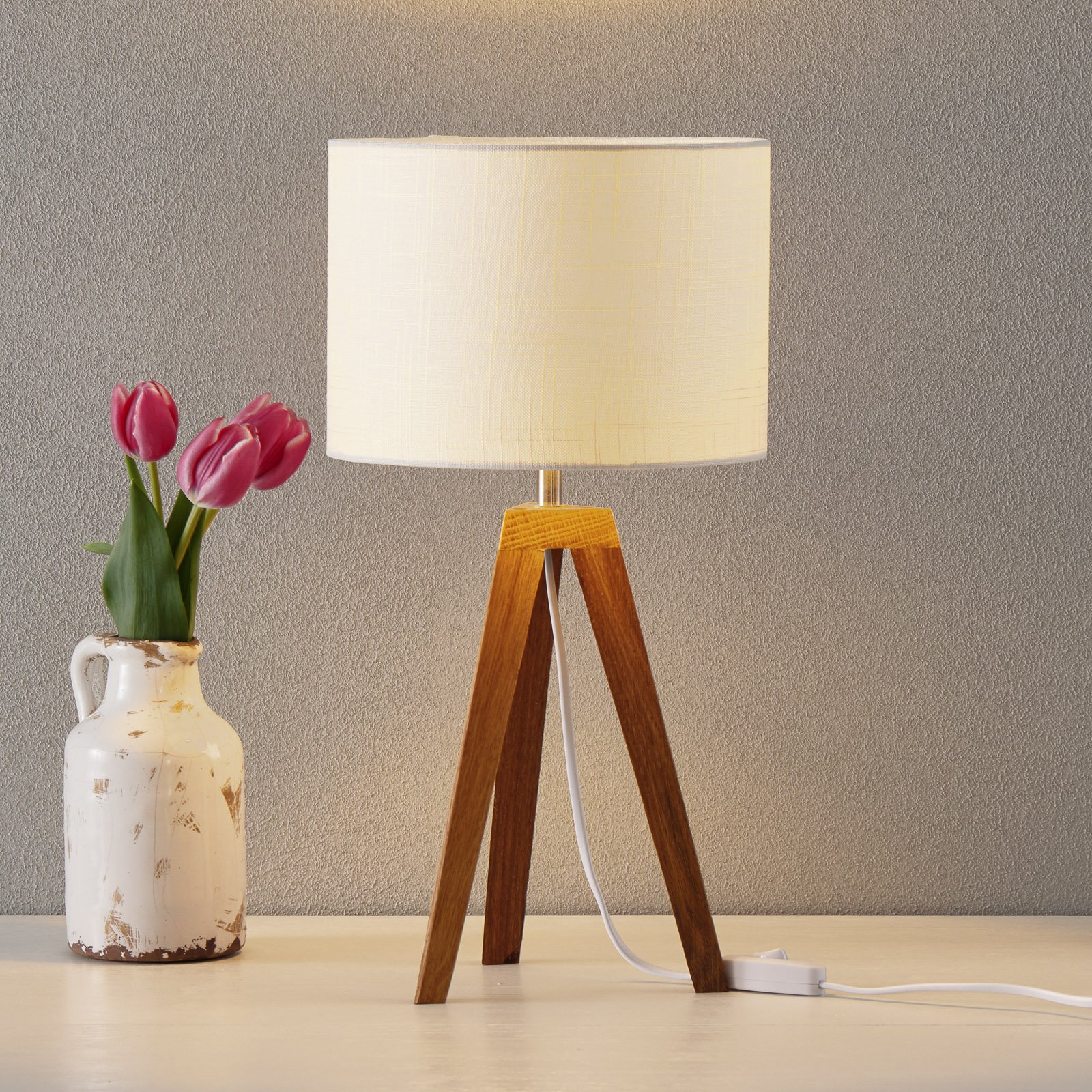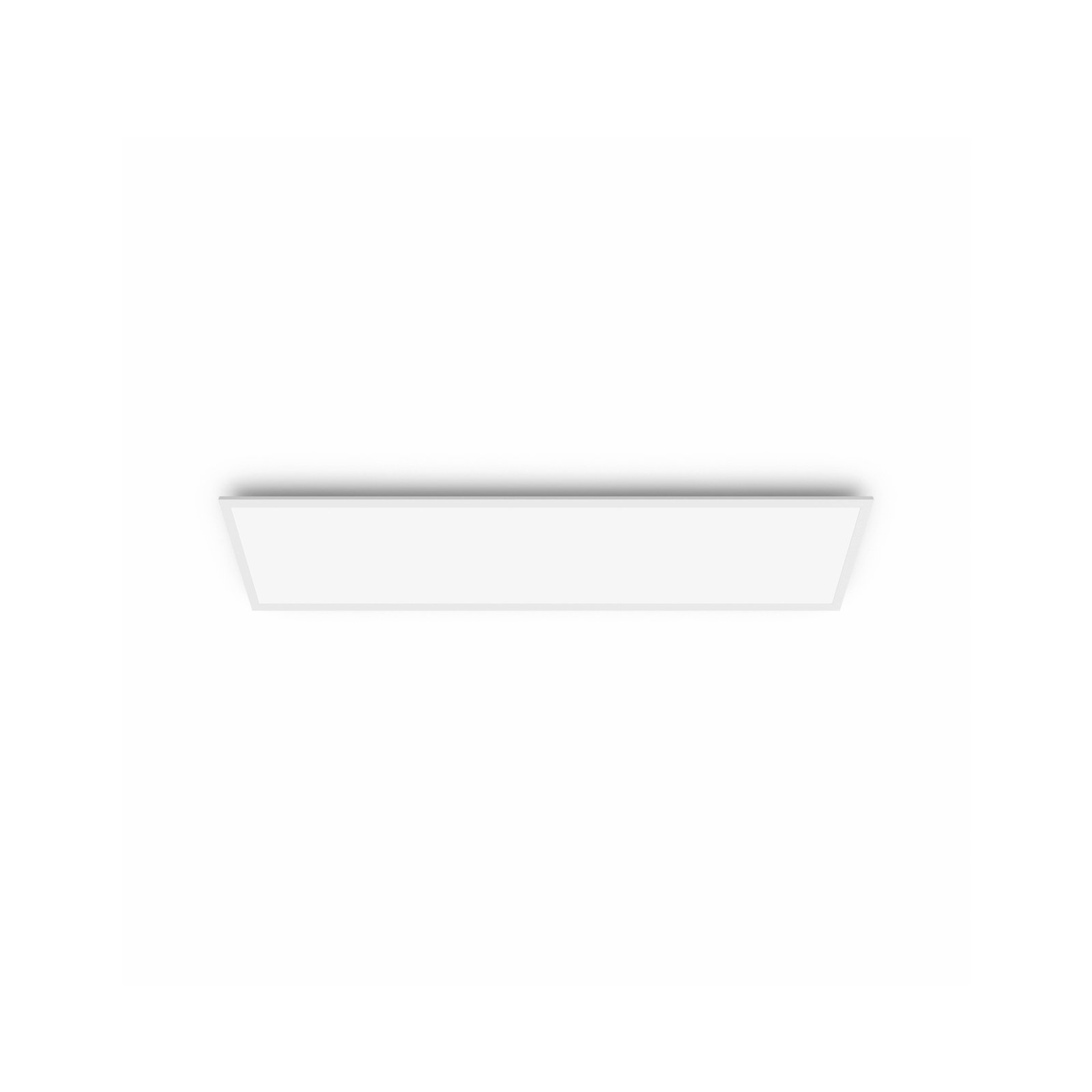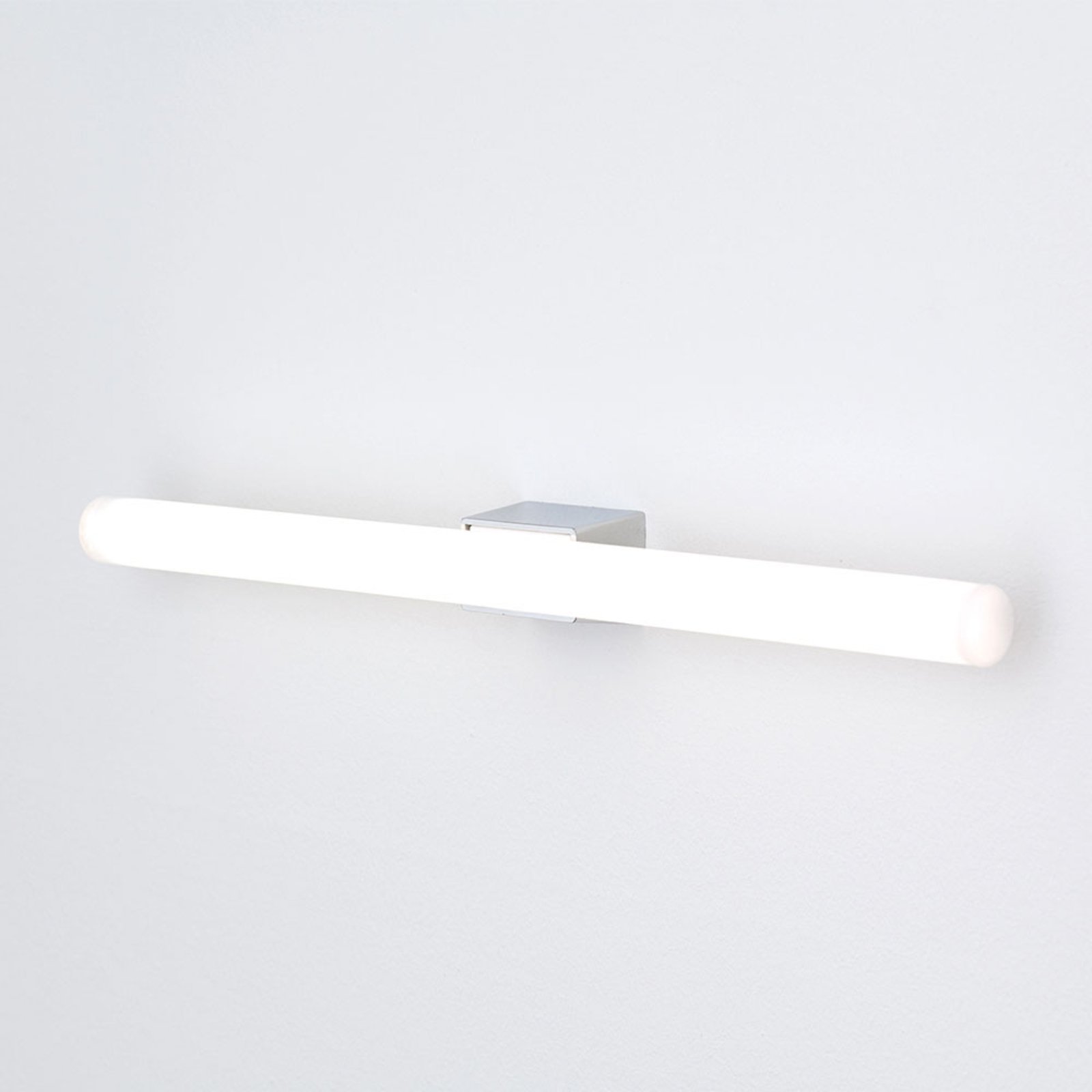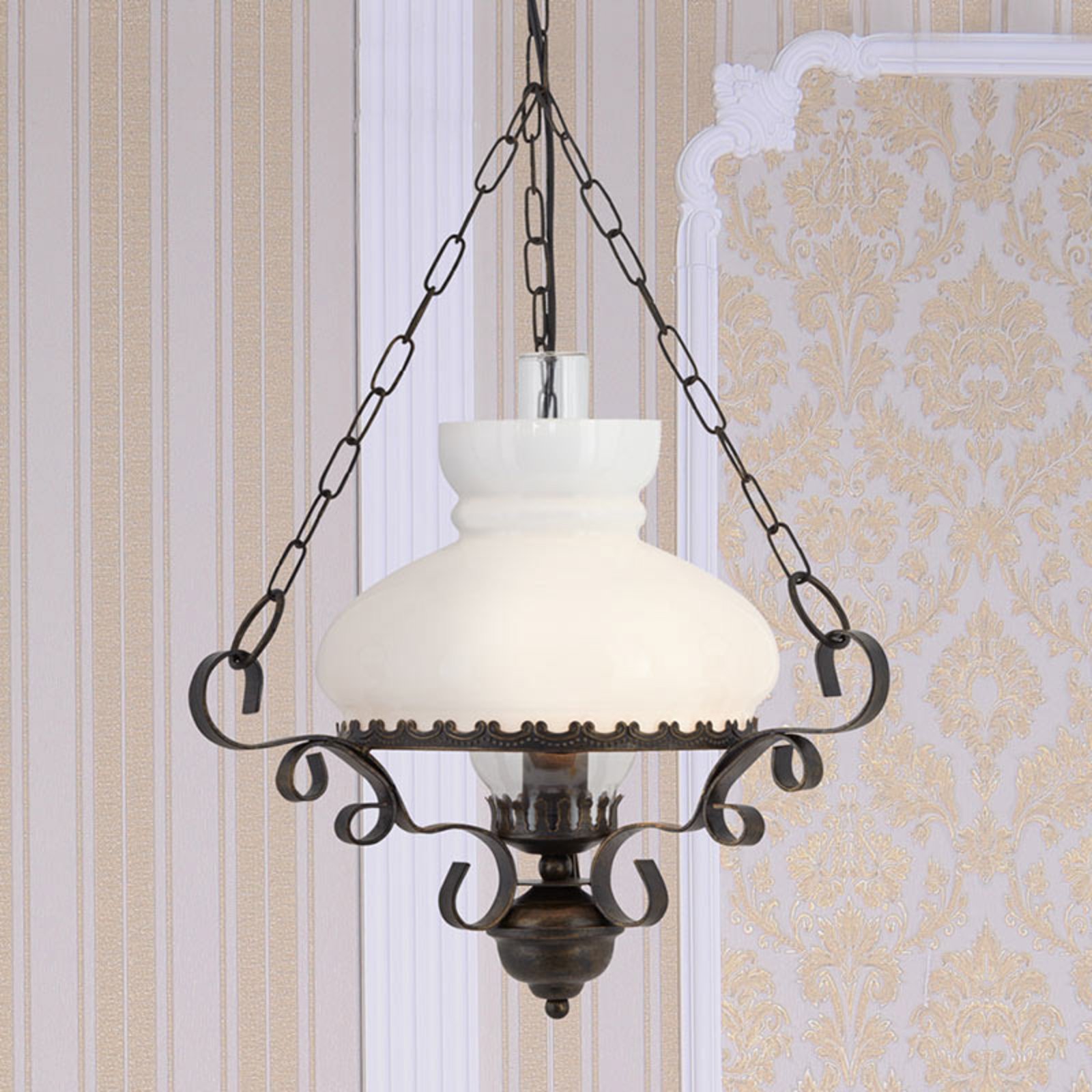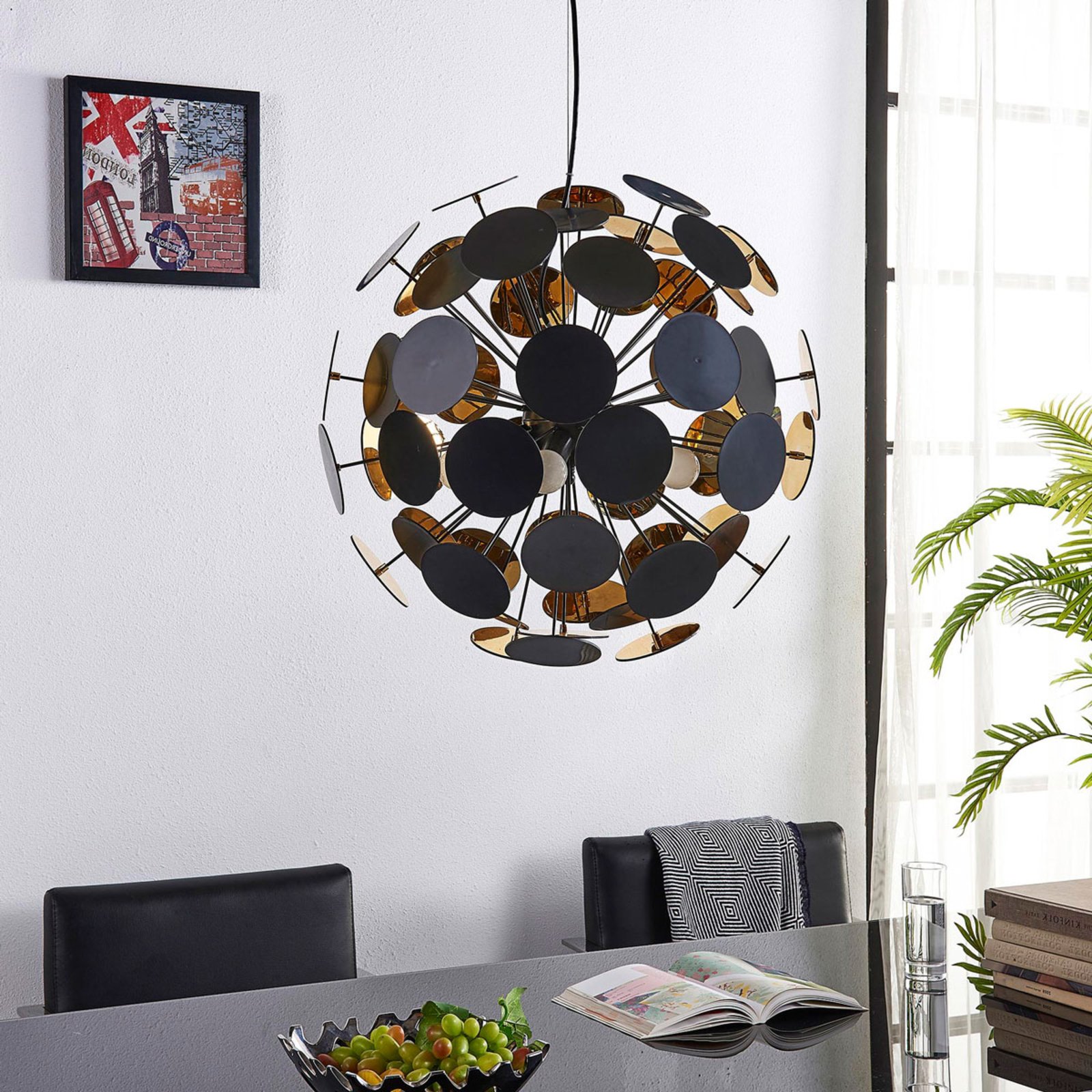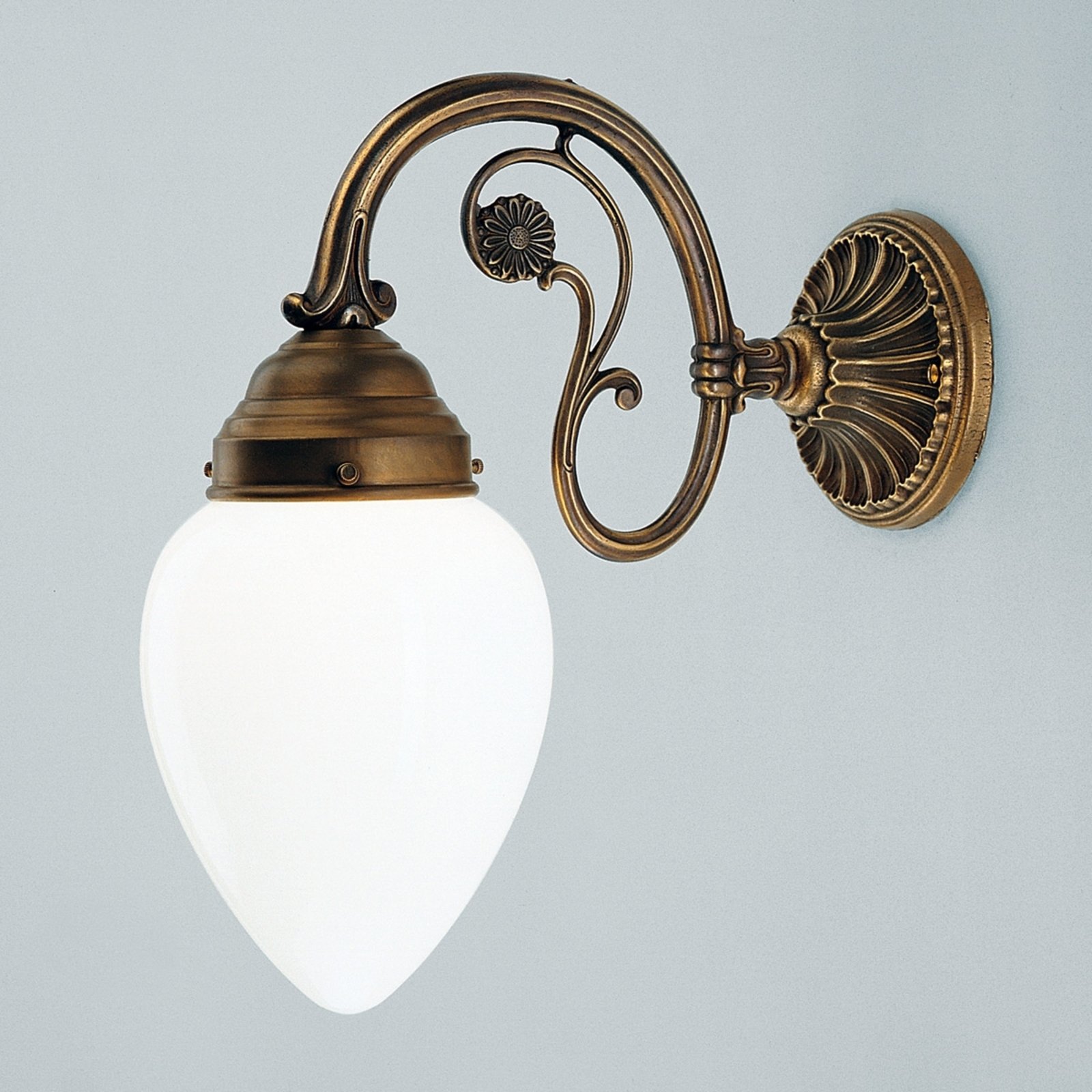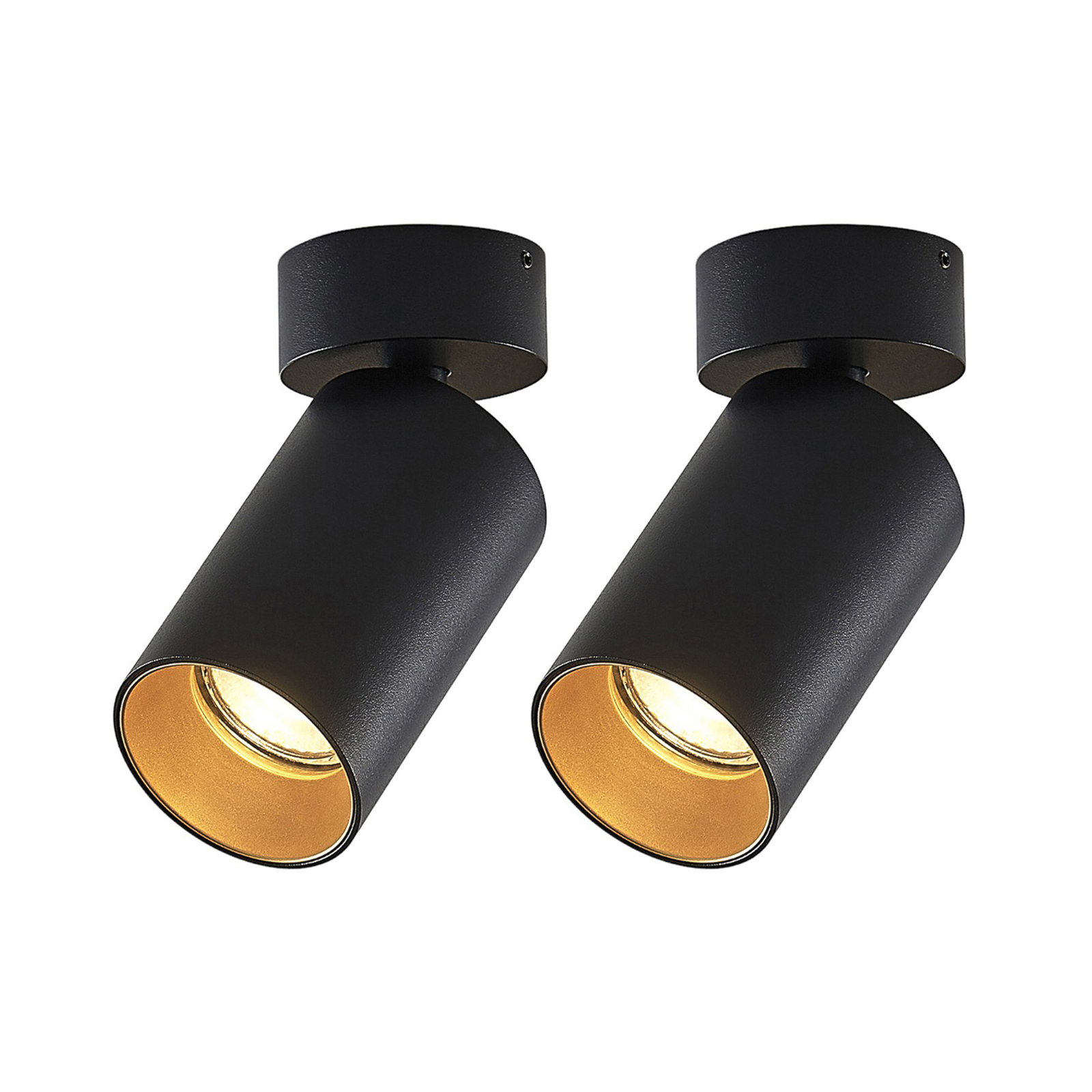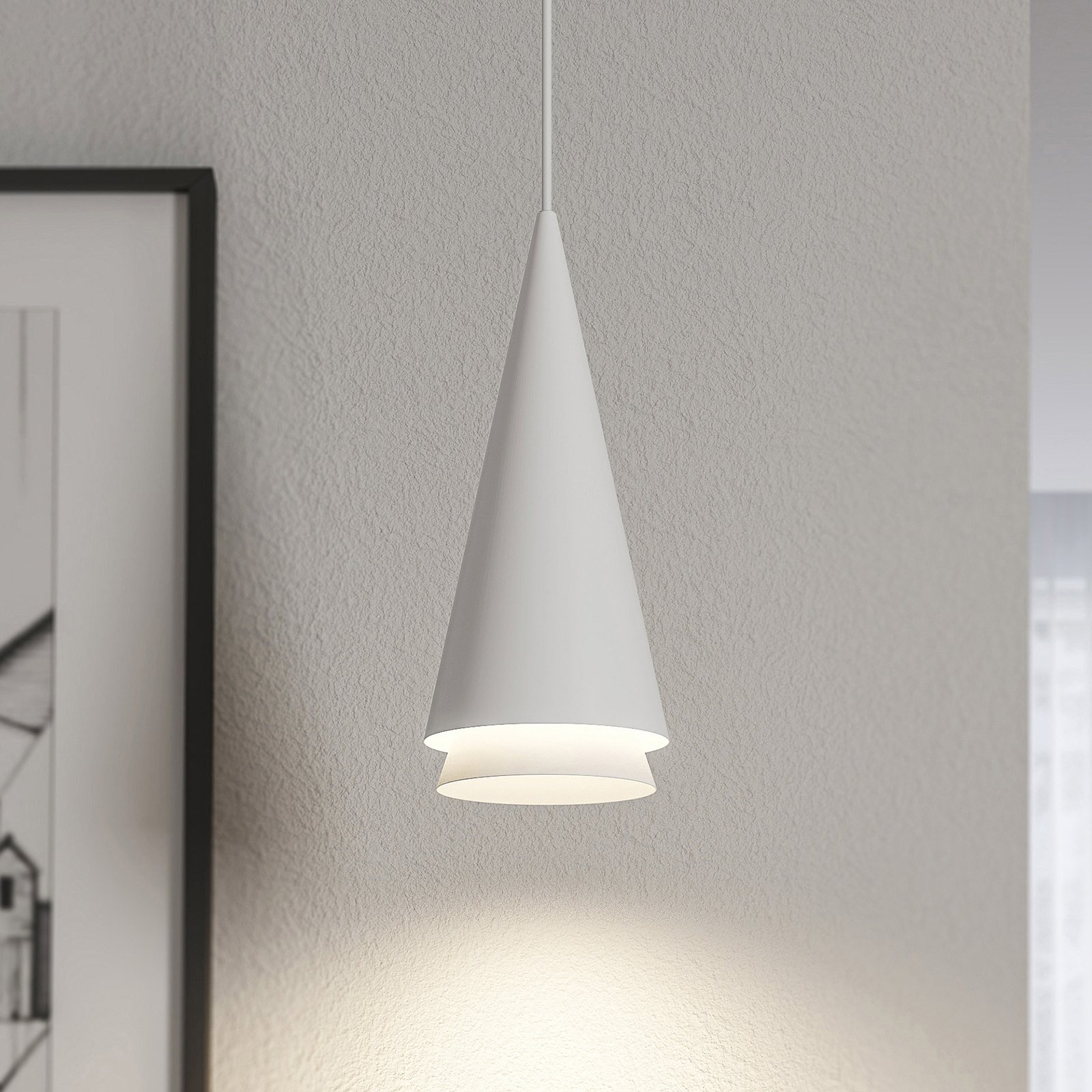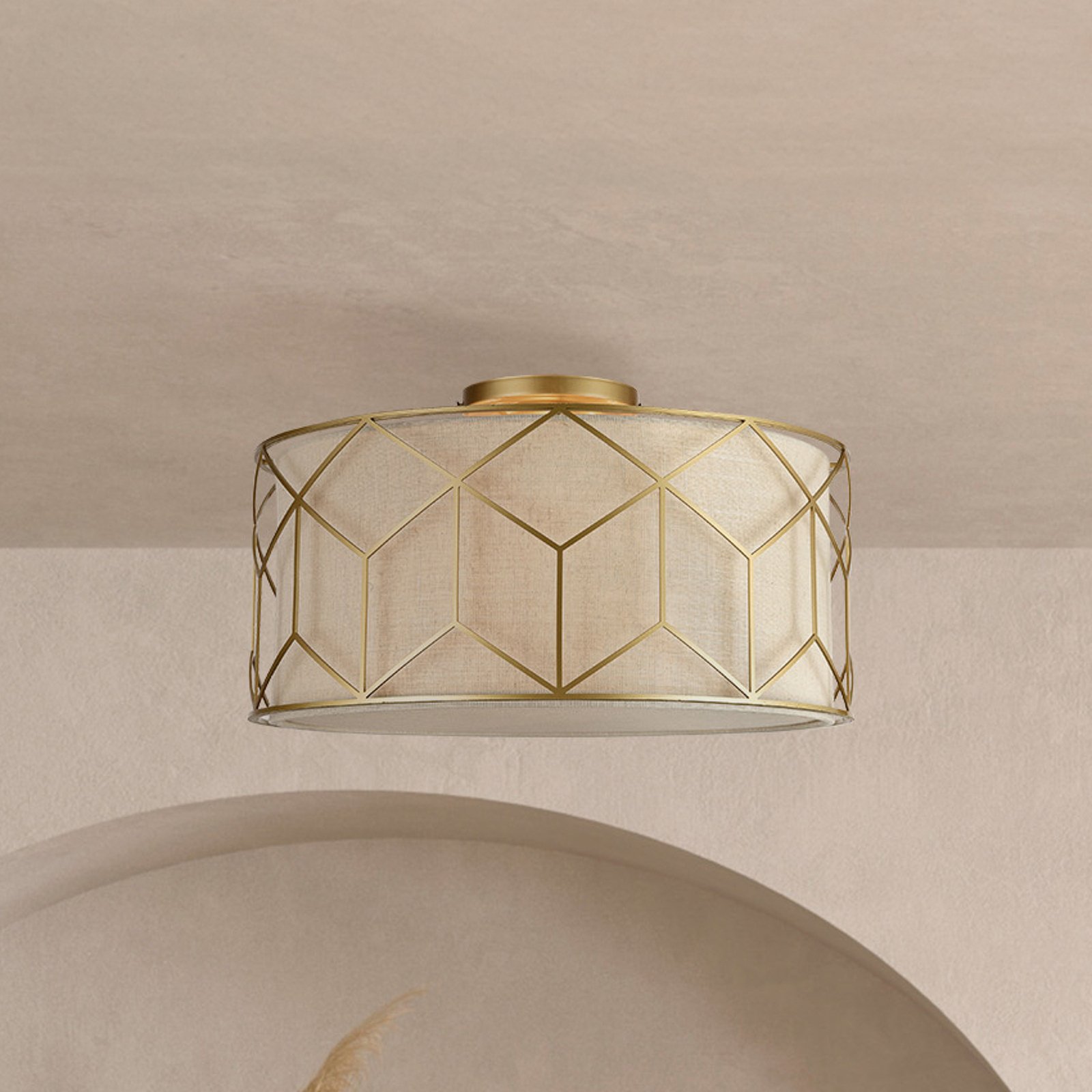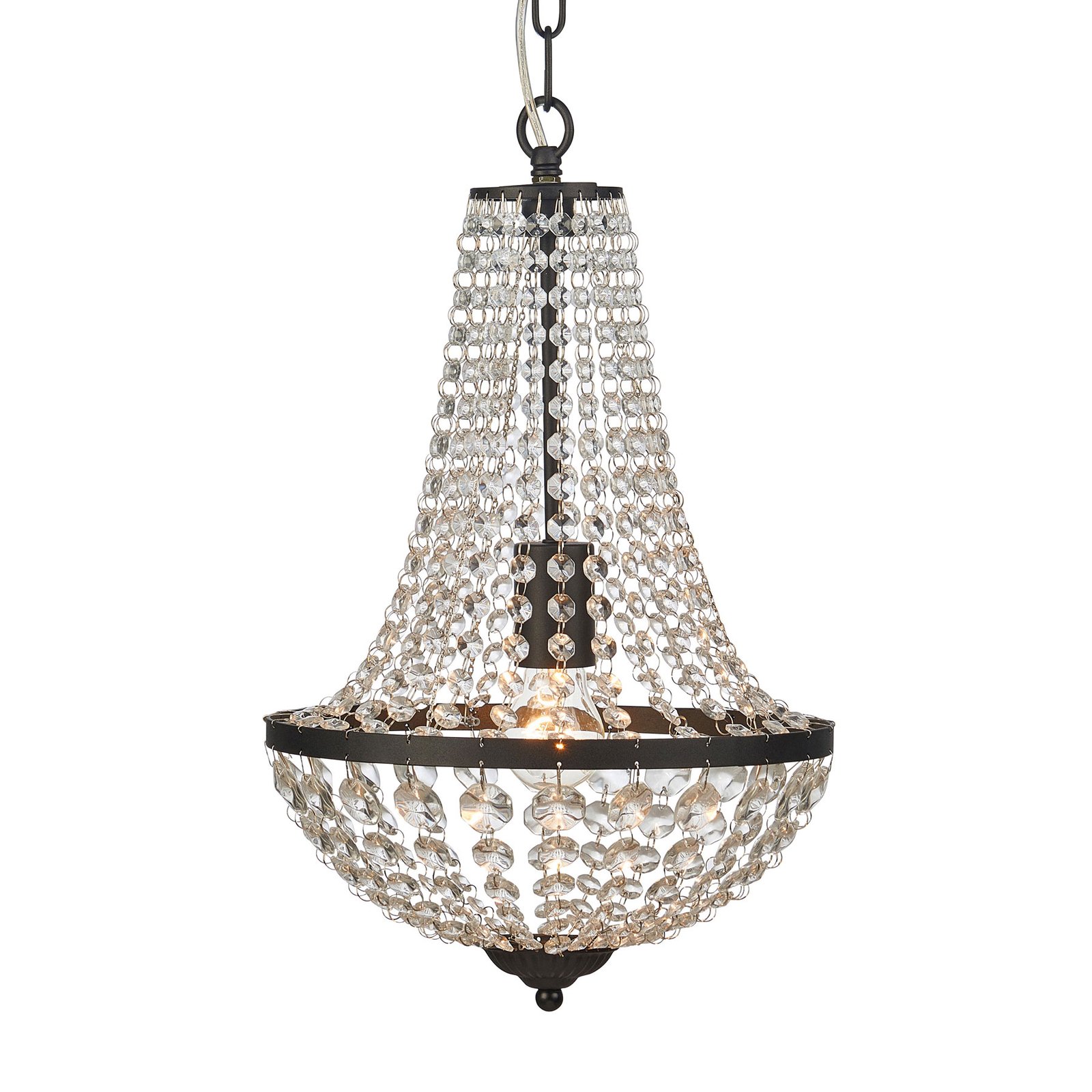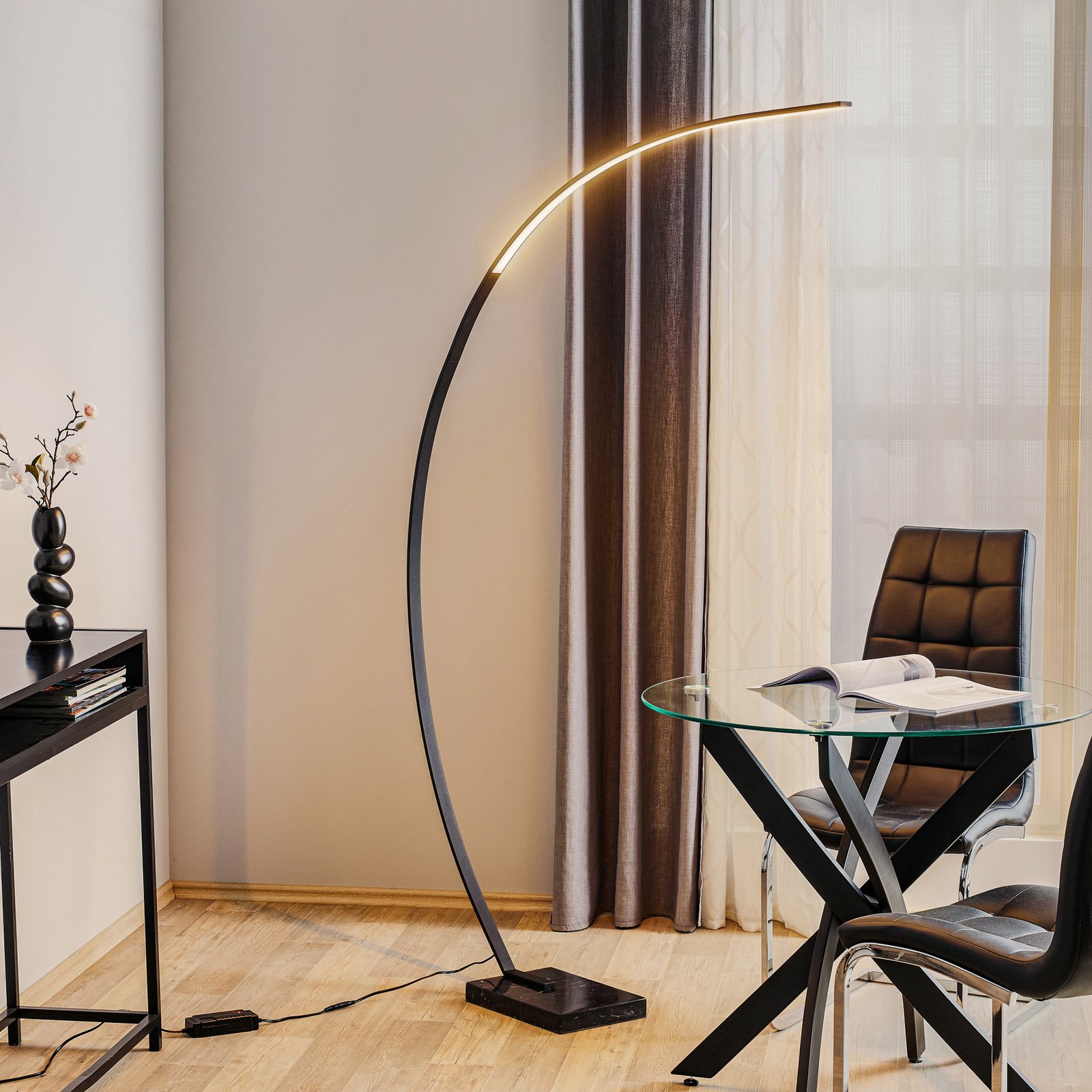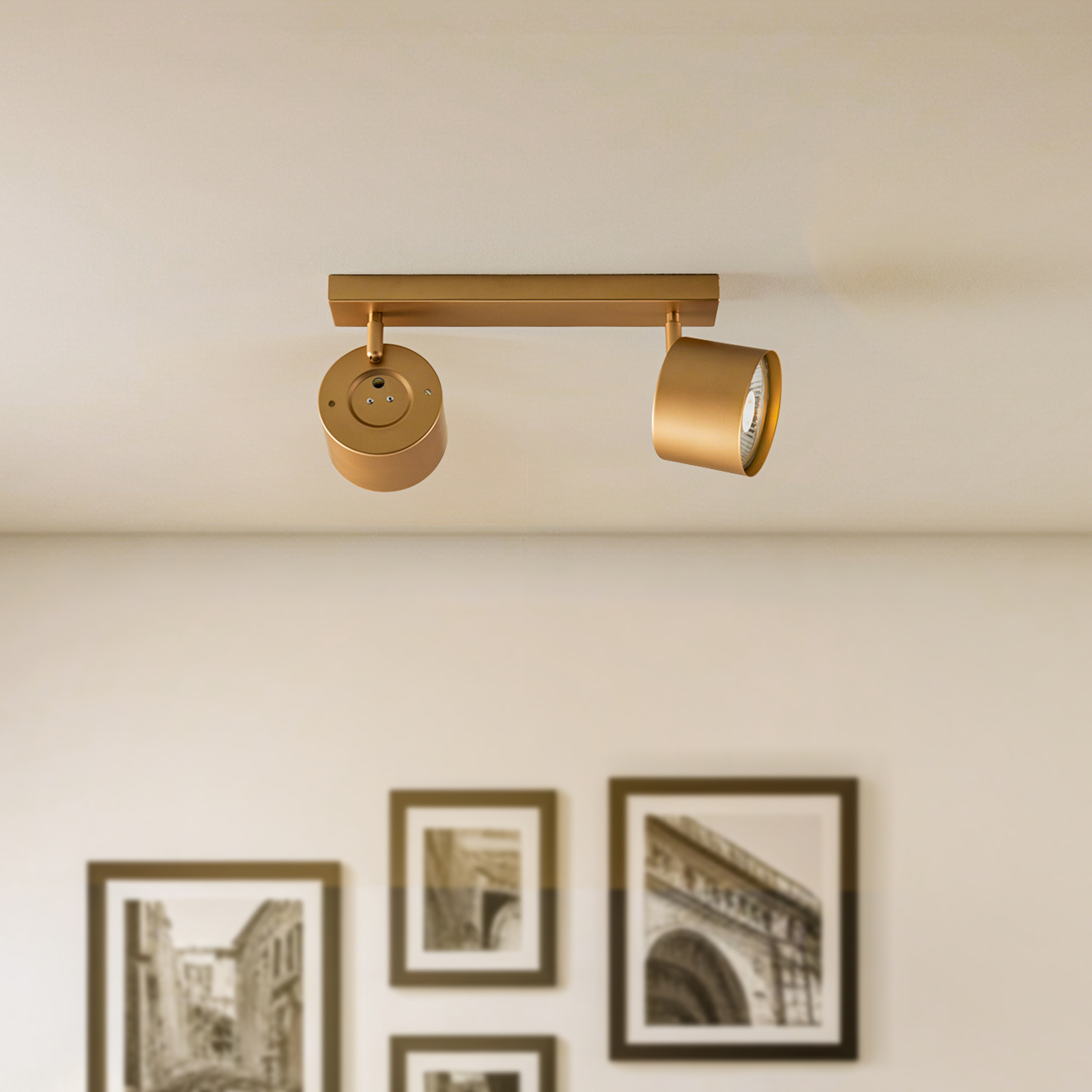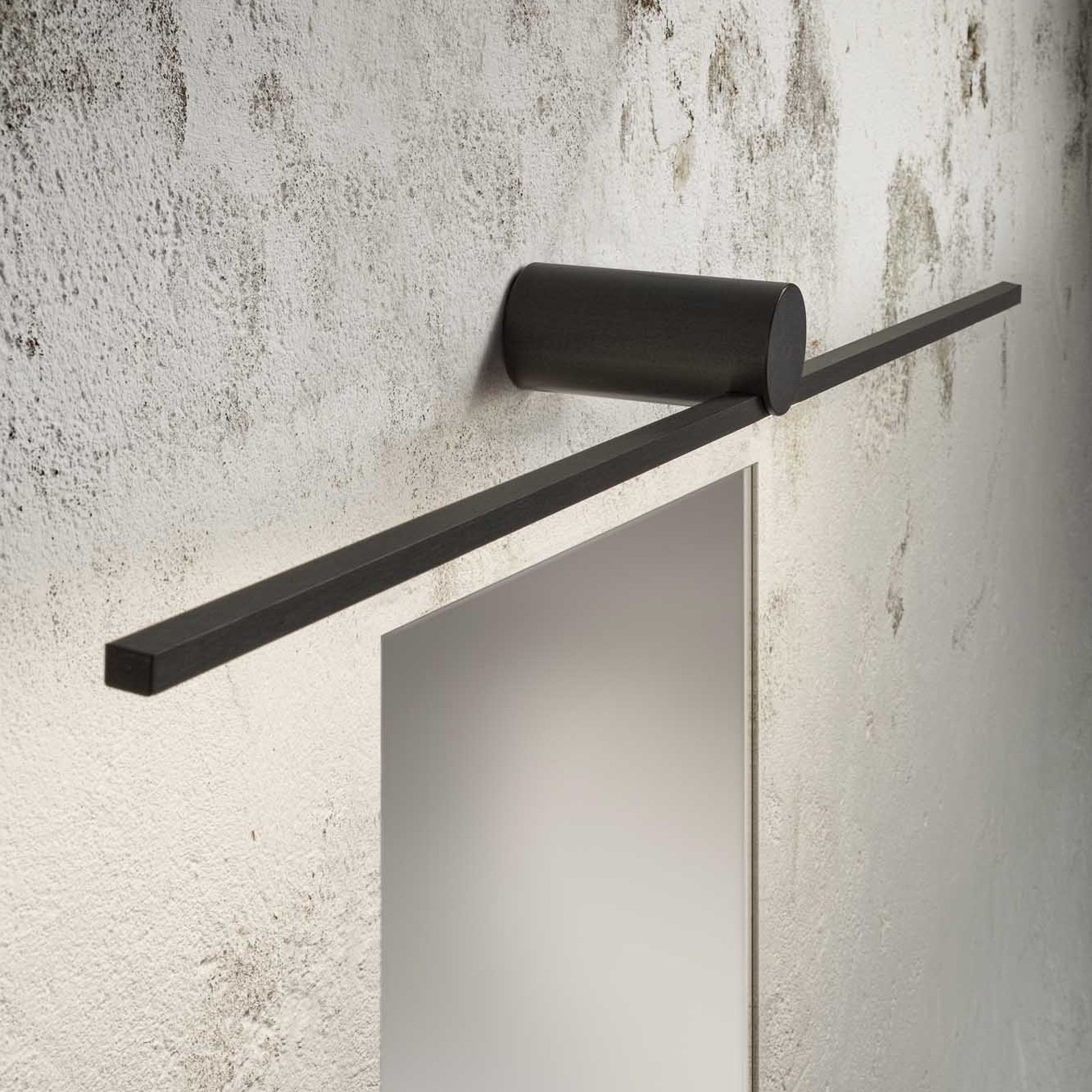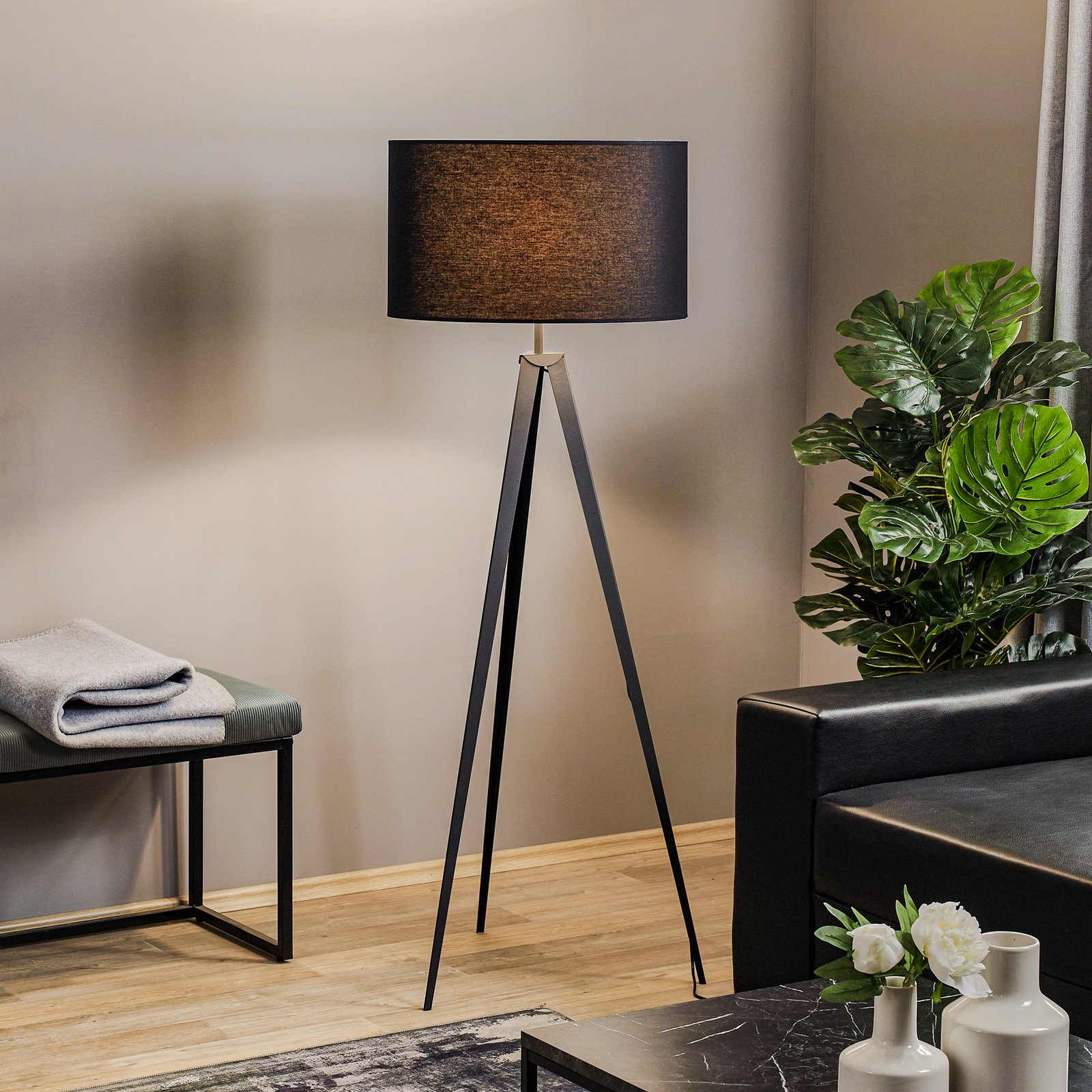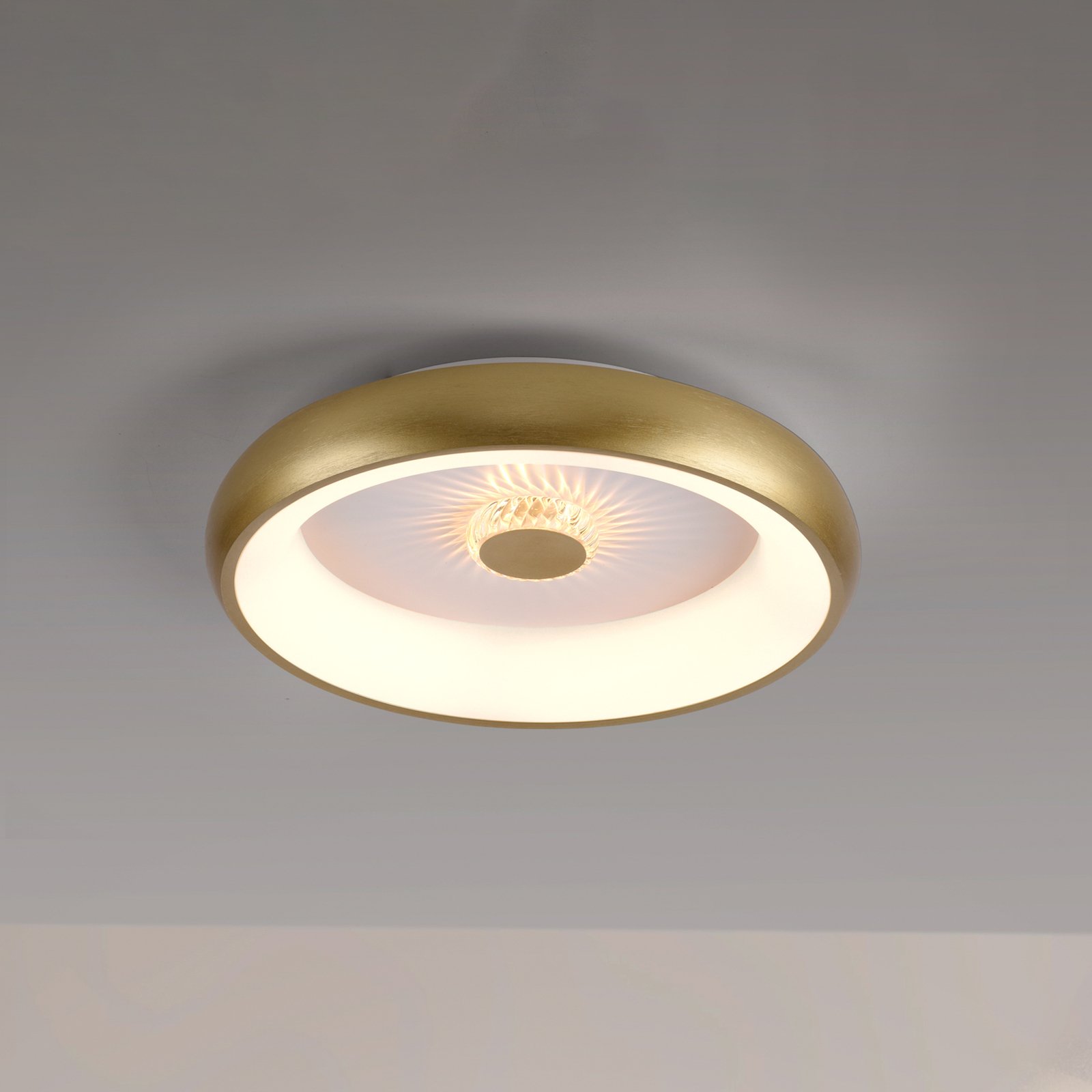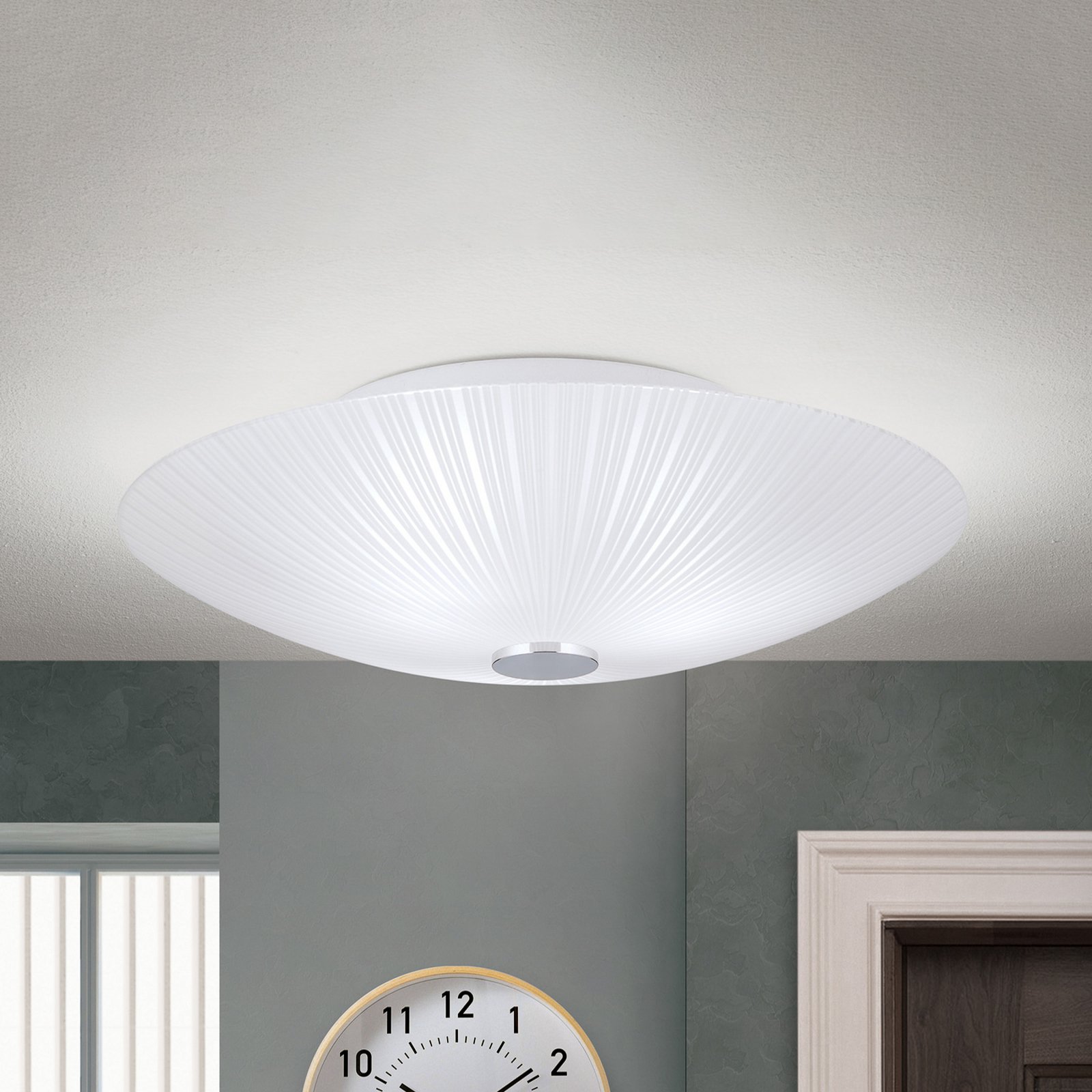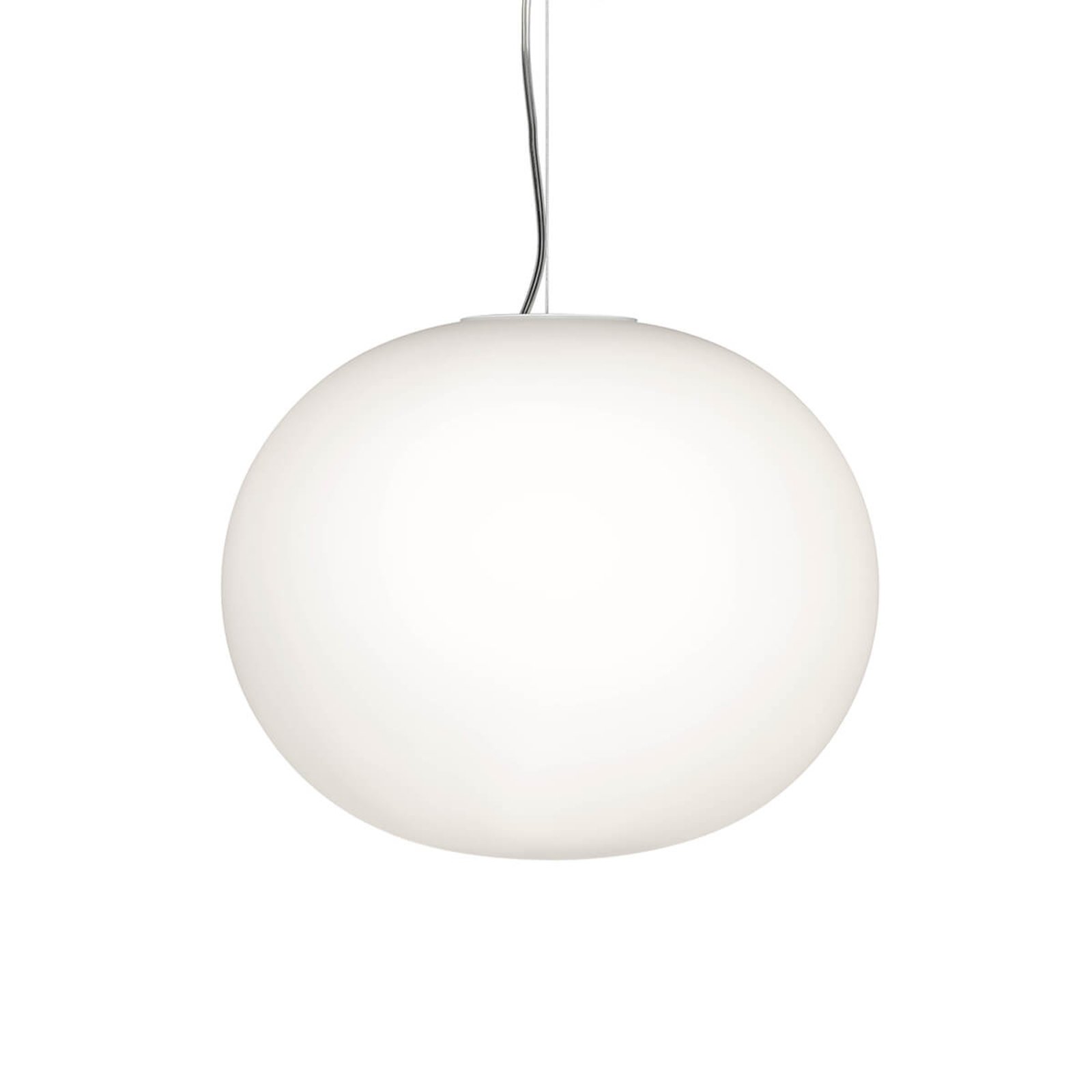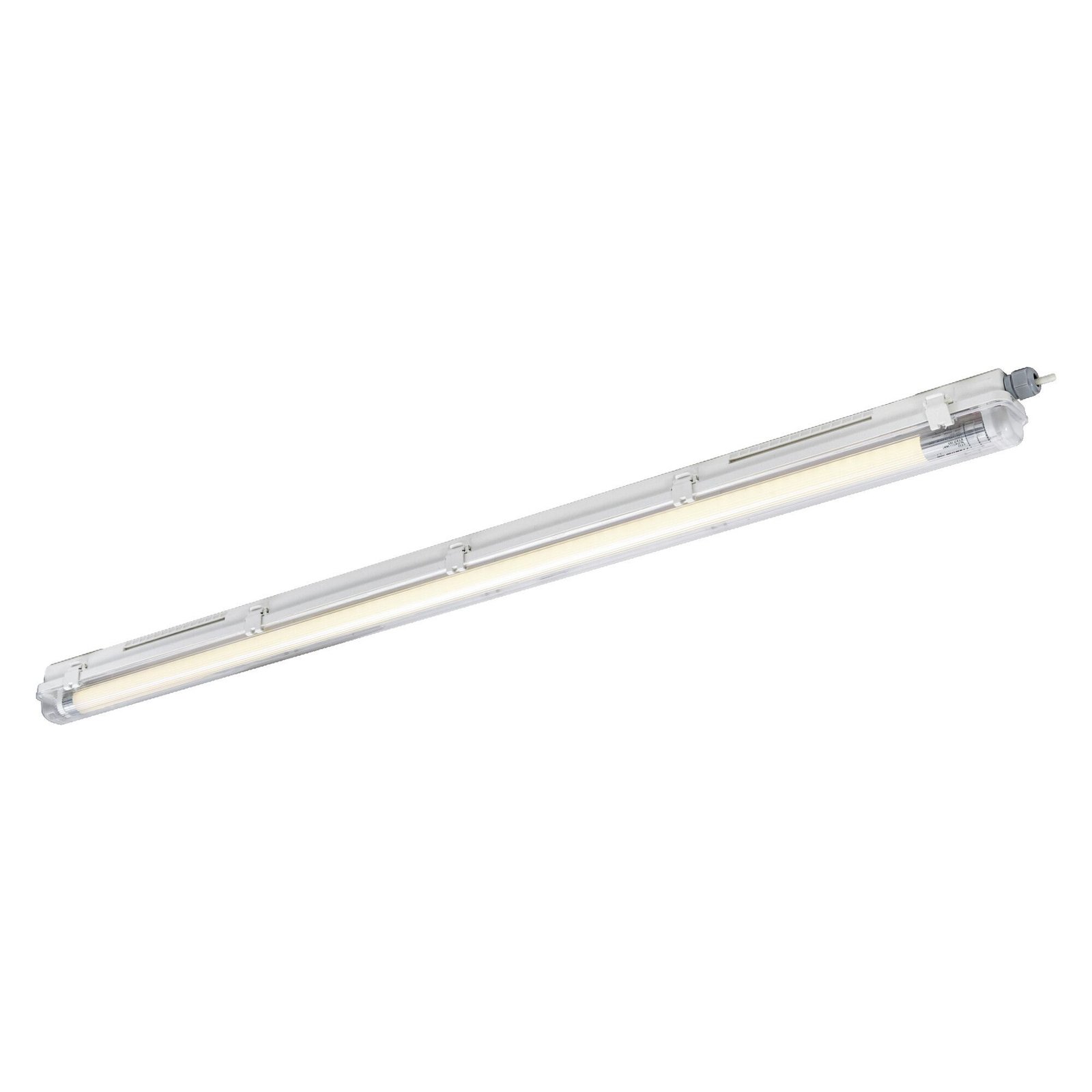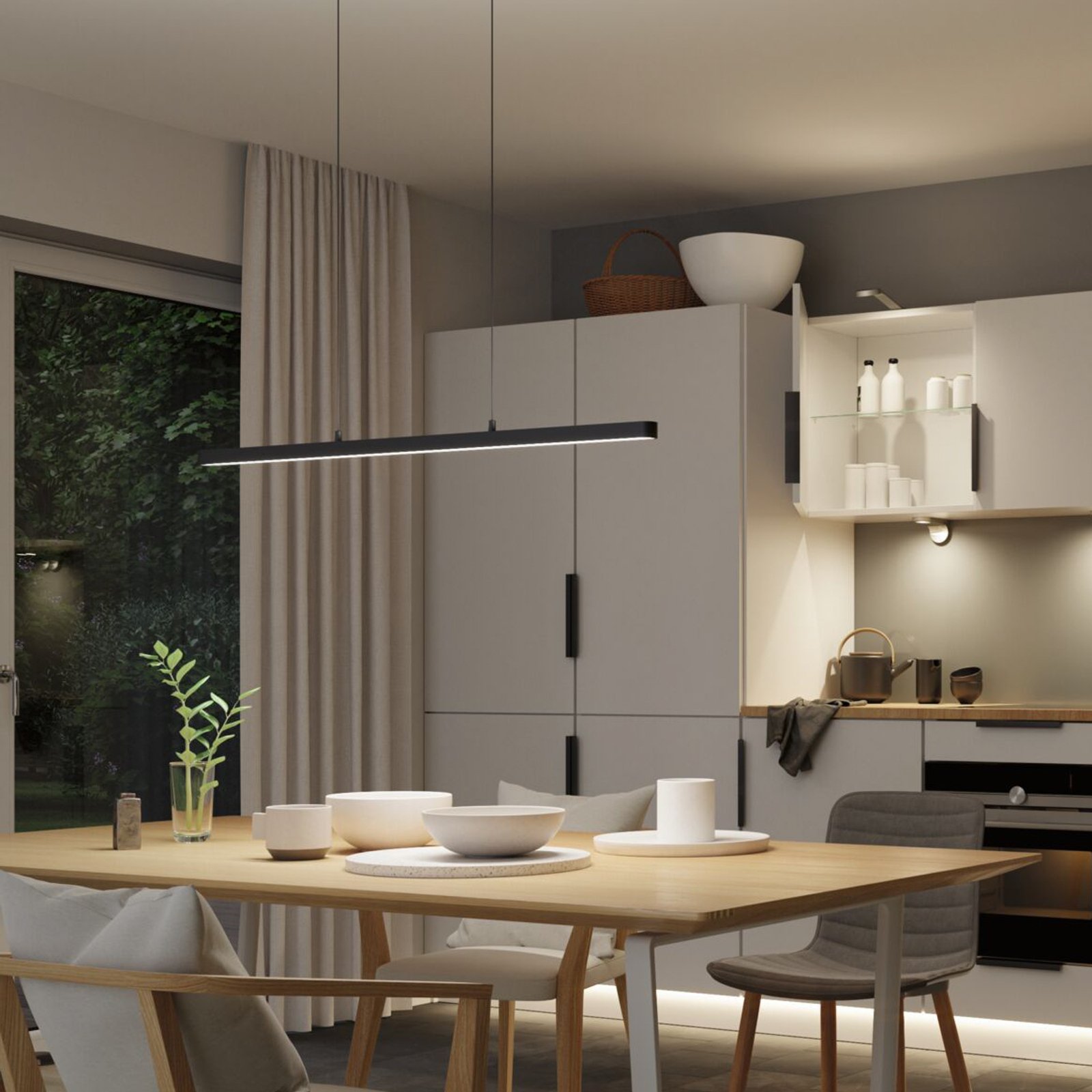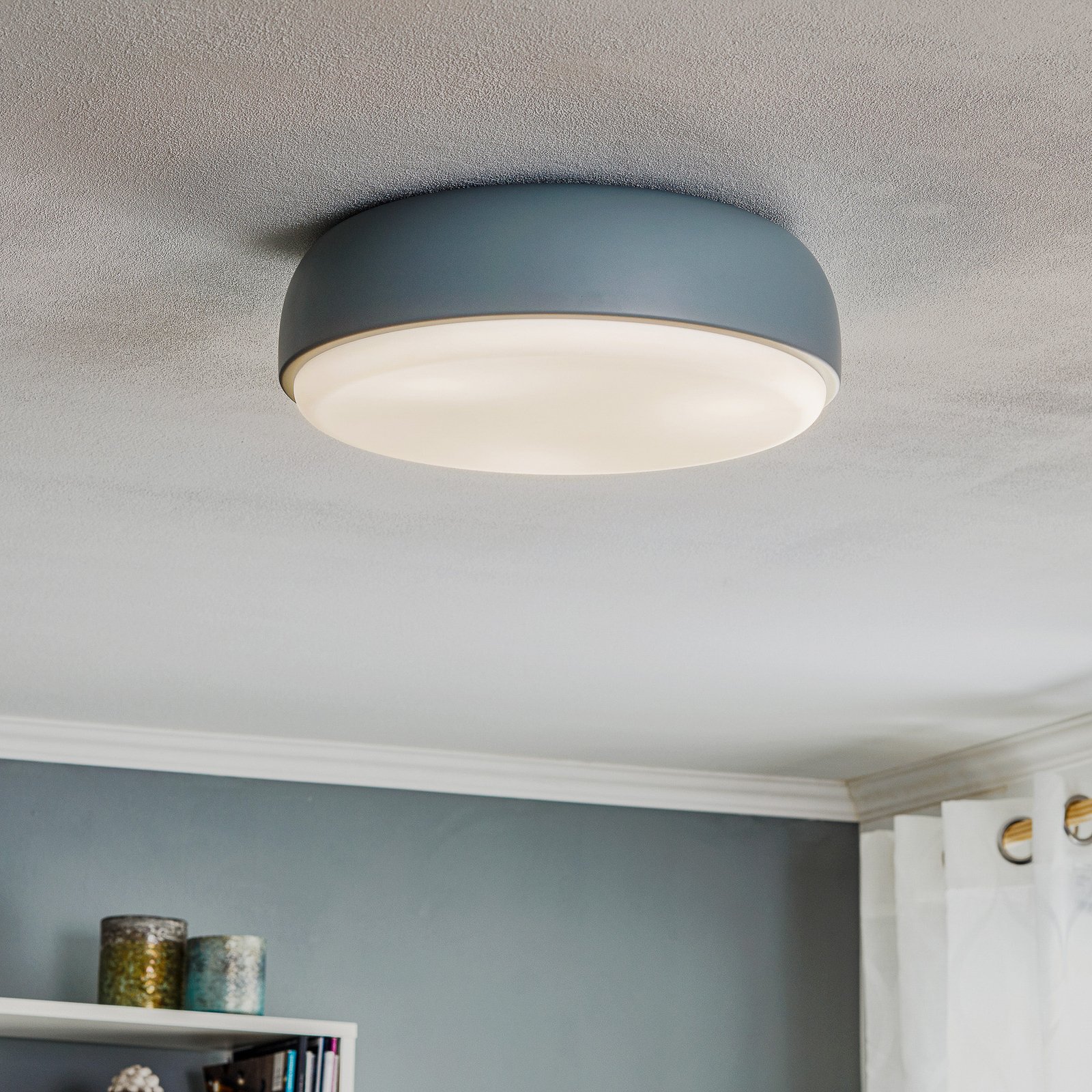- 50 days free returns
- Rated “Great” on Trustpilot
- Europe's largest selection of brands
Stylish interior lighting for an atmospheric home
Light influences how a room is perceived; it structures, emphasises and creates atmosphere. Interior lighting plays a key design role in this: it combines functionality with aesthetic appeal and makes a decisive contribution to a sense of well-being in the home.
Whether for orientation, for targeted work or to create cosy lighting moods, the right combination of lights, light colours and placement ensures that rooms can develop their full effect. Interior lighting structures living areas, supports daily routines and creates a personal signature in the room with targeted accents.
Interior lights for every room and style of living
Interior lights are an essential element of Raumgestalt. They not only set lighting accents, but also define functions and atmospheres. From the central ceiling light in the living room to the targeted under-cabinet light in the kitchen, each type of light fulfils a specific purpose and can be adapted stylistically to different living environments.
Interior lights in the living room: versatility through light zones
Flexibility is required in the living room. This is where socialising, relaxation and media use come together - requirements for which different lighting effects should be specifically coordinated:
The ceiling lights ensure an even basic brightness throughout the room.
With floor lamps, the room can be divided into structured light zones - ideal next to a sofa or reading chair.
Table lamps on sideboards or shelves create discreet islands of light for cosiness.
Wall lights can be used decoratively to emphasise pictures or wall surfaces to great effect.
We recommend dimmable bulbs that allow you to adjust the light intensity depending on the time of day or mood. For basic lighting, around 100-150 lumens per m² usable area are sufficient.
Interior lighting for the kitchen and dining area: functionality meets design
In the kitchen, functional light takes centre stage. At the same time, increasing attention is being paid to a harmonious overall appearance that visually expands the living space:
- Under-cabinet lights or recessed lights** under wall units provide shadow-free light on work surfaces.
- In the dining area, pendant lights placed in the centre above the dining table, optimally adjusted to table height, are suitable for direct, glare-free illumination.
- Ceiling spotlights with adjustable spots enable flexible lighting, even in open-plan room concepts.
What is important here is a cool white light colour (3,300-5,300 K) that reproduces colours naturally and creates a concentrated atmosphere.
Bedroom interior lighting: Soft light for calm and structure
In the bedroom, relaxation takes centre stage. Light should have a calming effect and fulfil practical requirements at the same time:
- Table lamps on the bedside table allow comfortable reading in the evening.
- A covered ceiling light with diffuse cover provides soft ambient lighting.
- Optional LED strips behind the headboard or in wardrobe niches discreetly complement the lighting concept.
Warm white light (2,700-3,300 K)** is ideal here, as it has a relaxing effect and harmonises with the natural biorhythm.
Interior lights for corridors and entrance areas: orientation and accentuation
Interior lamps in the hallway fulfil several tasks at once: They provide orientation, create an inviting atmosphere and ensure safety in the dark:
- Recessed lights or flat ceiling lights** prevent glare effects at low ceiling heights.
- Wall lights can be installed along the wall line and create visual depth.
- Motion detectors increase convenience and energy efficiency - especially in passageways.
Depending on the design concept, decorative elements can be emphasised with light, e.g. mirrors, pictures or architectural details.
Bathroom: Light in the interior for function and well-being
Lighting design is particularly demanding in the bathroom. Interior lamps must fulfil both functional requirements and create a pleasant atmosphere:
- Mirror lights with cool white light provide shadow-free illumination when shaving or applying make-up.
- Ceiling lights with a high IP code ensure safe, wide-area lighting.
- Akzentlicht, e.g. in the form of indirect lighting in niches - create a modern spa atmosphere in the bathroom.
The combination of functional light for the morning routine and warm light for relaxed evening hours is important.
Interior lighting in the study and home office: clarity and concentration
A productive working environment requires interior lamps with targeted light guidance and high quality of light:
- Daylight white desk lamps with flexible arms improve visibility and reduce eye strain.
- A cool white ceiling light provides uniform basic brightness.
- With additional wall lights or floor lamps, the room can be illuminated in a structured and zoned manner, for example for video calls, reading time or creative work.
In work areas in particular, a balanced ratio of direct and indirect light significantly increases the ability to concentrate.
Children's room lighting: Versatile lighting solutions with safety
In the children's room, the requirements for interior lighting change with age:
- For small children: warm white, soft light with a glare-free cover, such as ceiling lights with textile shades or LED night lights
- For schoolchildren: functional table lamps with adjustable head and cool white light colour
- Supplementary: colourful or playful lights for accentuation, e.g. in the form of wall lights or luminous decorative objects
Here too, different light sources allow flexible use of the room, from playing to reading to sleeping.
Interior lamps to match the living atmosphere
Interior lighting makes a significant contribution to how a room is experienced, be it through soft mood lighting in the bedroom, focussed working light in the home office or functional lighting in the bathroom. The choice of the right light sources and luminaire shapes determines more than just brightness: it influences concentration, well-being and room atmosphere.
Creating light zones through targeted lighting design
Sophisticated lighting design divides the room into different zones, each with its own lighting character:
- General lighting: uniform basic brightness, e.g. using ceiling lights or flush recessed lights
- Zone light: directed light for specific areas, e.g. above the desk or in the reading chair
- Accent lighting: decorative effects, e.g. with LED spots, wall lights or illuminated shelves
This combination makes it possible to create differentiated lighting scenarios with just a few lights, adapted to the time of day, usage and mood in the room.
Colour temperature as a design tool for interior lighting
The colour temperature of a light source directly influences the perception of rooms and materials. Different light colours fulfil different functions:
- Warm white (2,700-3,300 K): has a relaxing effect, ideal for living and sleeping areas
- Cool white (3,300-5,300 K): promotes concentration, suitable for kitchen, bathroom, hallway or study
- Daylight (>5,300 K): very clear and functional, preferred in functional rooms or for spot lighting in the home office
Modern interior luminaires make it possible to actively shape the feeling of the room via colour temperature and luminous intensity, especially when dimmable or smart bulbs are used.
Interior lights - variety for customised lighting design
Interior luminaires are more than just light sources - they structure rooms, direct views and change the perception of architecture. Depending on the shape, light distribution and placement, completely different spatial effects are created - from open and airy to cosy and sheltered.
Light for niches, corners and transitions
Light can be used to create depth in unused corners or narrow niches. A slim floor lamp next to the sofa or a spotlight in the bookcase draws the eye to details that would otherwise remain in the shadows. In angled floor plans in particular, this kind of lighting has an organising effect - almost like a visual guiding principle in the room.
Divide large rooms into zones
In open-plan living areas, a combination of ceiling lights, pendant lights and spotlights adds structure: a soft cone of light above the dining table creates a sense of closeness, while spots in the background emphasise architectural lines. The result is a harmonious interplay of light and shadow that brings calm to large areas.
Avoid planning errors with interior lighting
Well thought-out lighting design not only takes style and function into account, but also typical pitfalls: Too few light sources quickly lead to dark corners, incorrectly placed lights cause glare or cast shadows on central areas. Particularly with open-plan layouts or multi-purpose rooms, the lighting should be specifically coordinated with the furnishings and visual axes. A mixture of direct and indirect light is ideal - tailored to the time of day, usage and room size.
Open up small rooms visually
In compact rooms, bright, indirect light helps to suggest space. Light sources close to the wall, diffuse ceiling lights or LED strips placed behind furniture blur boundaries and create a sense of lightness. This can create a feeling of spaciousness, especially in corridors or small sleeping areas - without any structural changes.
Practical tips on interior lighting for the living room
The right interior lighting is crucial for living comfort and atmosphere. Anyone wishing to illuminate interior areas in a targeted manner benefits from a combination of well thought-out planning, suitable interior luminaires and high-quality bulbs.
Combine interior lamps correctly
A balanced lighting concept is created by the interplay of several indoor lamps:
- Ceiling lights provide wide-area ambient brightness.
- Floor lamps** and table lamps** create cosy accents.
- Wall lights** emphasise architectural details.
Such lighting compositions are suitable for both large living spaces and small areas in which targeted light sources create spatial depth.
Efficient indoor lighting - through technology and planning
Modern lighting for indoors is based on efficient technology:
LED bulbs with high luminous efficiency (e.g. 400-800 lumens per m²)
Long-lasting, dimmable bulbs with good colour rendering
Smart lighting controls for flexible lighting scenes
The right height for indoor lights
The height at which interior luminaires are mounted has a major influence on the lighting effect. Pendant lights above the dining table should be approx. Hang 60-70 cm above the table surface - this creates a pleasant, glare-free light. Ideally, wall lights should be mounted at eye level (approx. 1.60 m) to diffuse light evenly. It is also advisable to ensure sufficient distance from high furniture or shelves when using ceiling lights to avoid casting shadows.
Protect interior lighting from moisture
The appropriate IP code is also important, especially for indoor lights in damp rooms such as the bathroom, in utility rooms or above the kitchen sink. It indicates how well a light is protected against the ingress of moisture and dust.
At least IP44 is recommended for splash water areas, such as near washbasins or showers.
In less exposed zones, IP20 is often sufficient as long as there is no direct contact with moisture.
Clever use of colour rendering and dimming function
In addition to the colour temperature, the colour rendering index (CRI) also plays an important role in interior lighting. A high CRI value (over 80) ensures that colours appear natural - particularly important in living and dining areas. In addition, dimmable bulbs increase living comfort: the brightness can be individually adjusted depending on the mood or time of day - ideal for evenings with soft light or concentrated work during the day.
The strike-through prices correspond to the manufacturer's RRP.
Included in the price of LED lights/bulbs is a contribution to recycling costs of €0.05. Included in the price of CFLs/fluorescent bulbs is a contribution to recycling costs of €0.15.
All prices include 23% VAT, delivery costs excluded.















